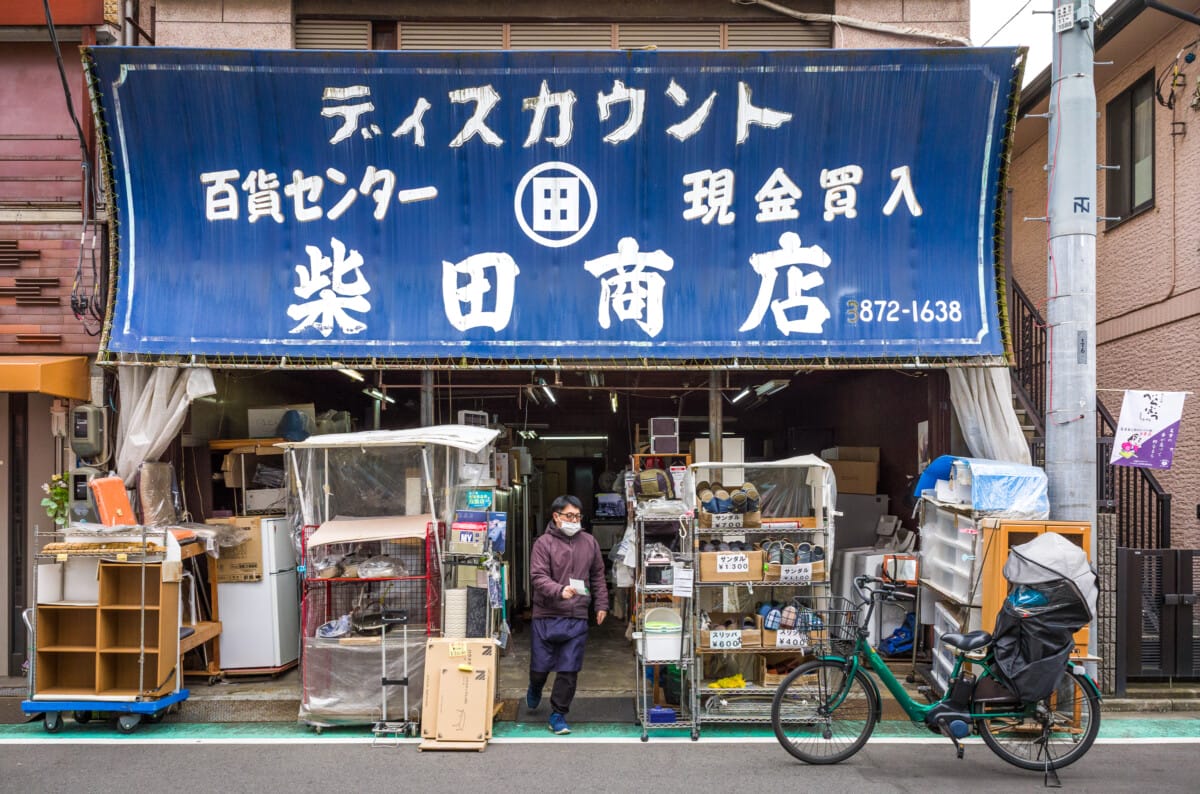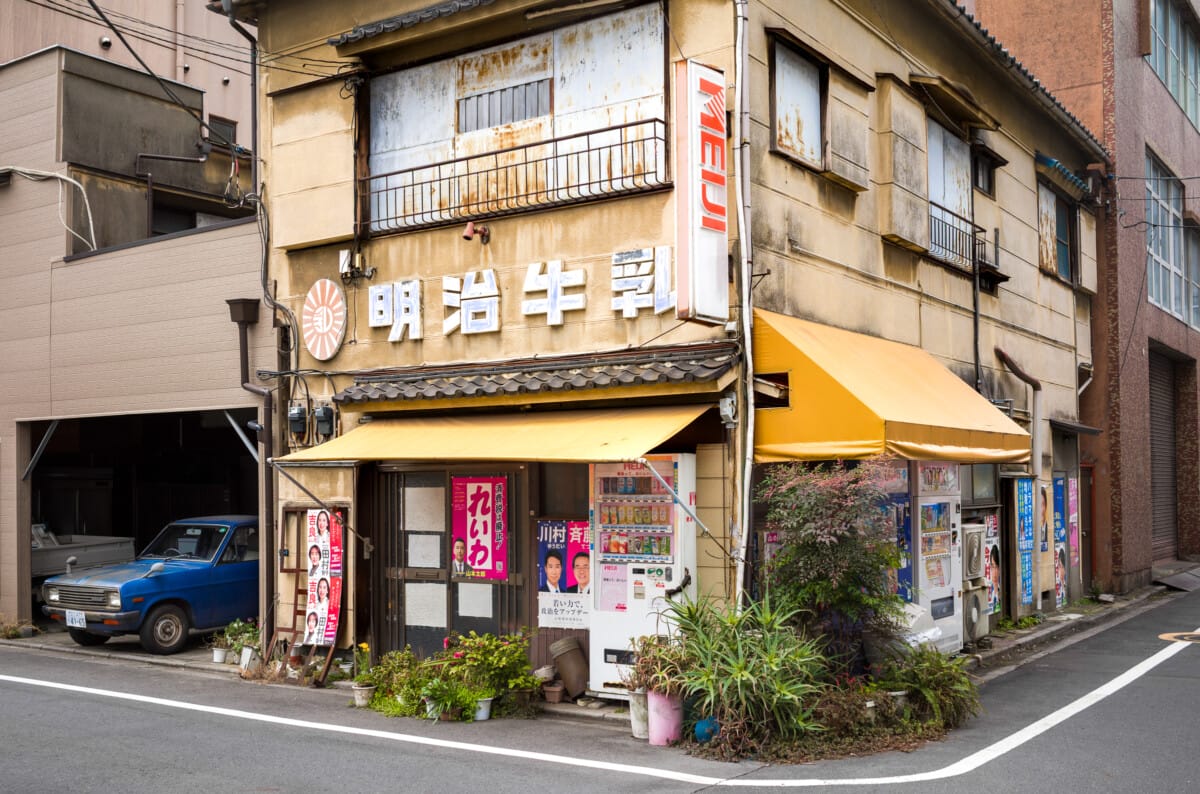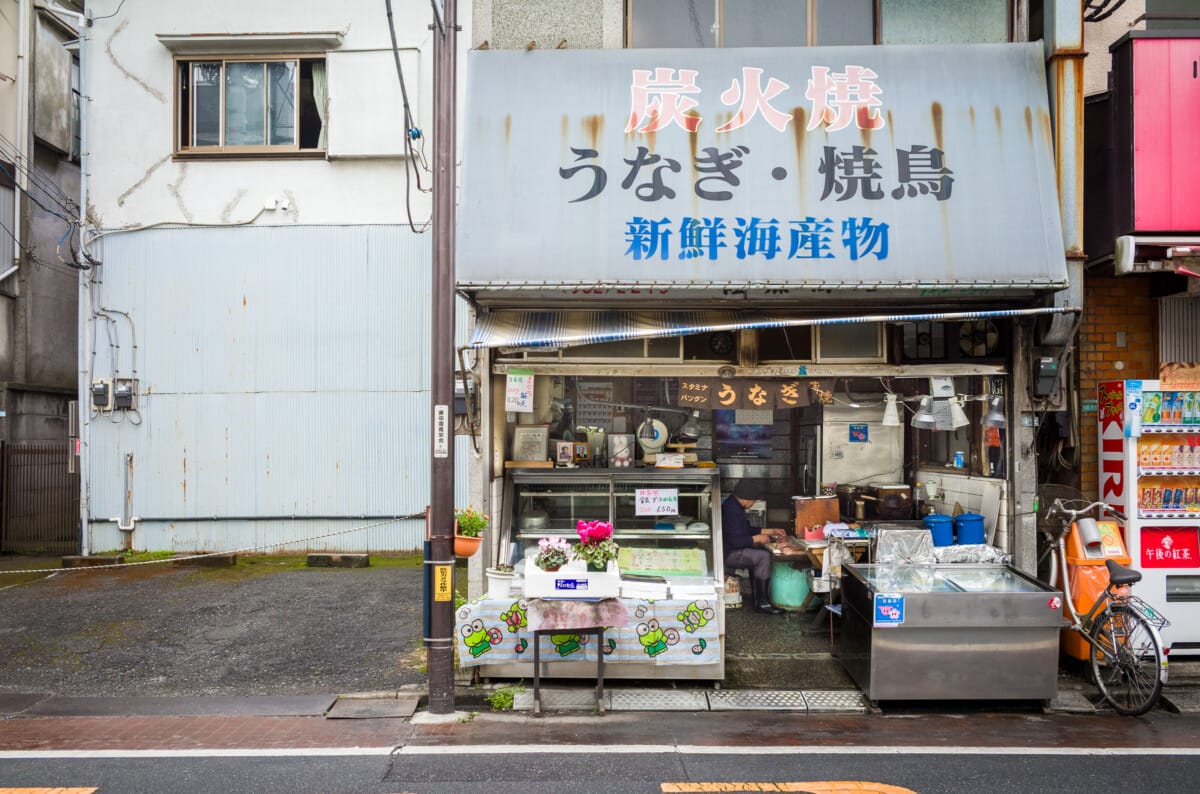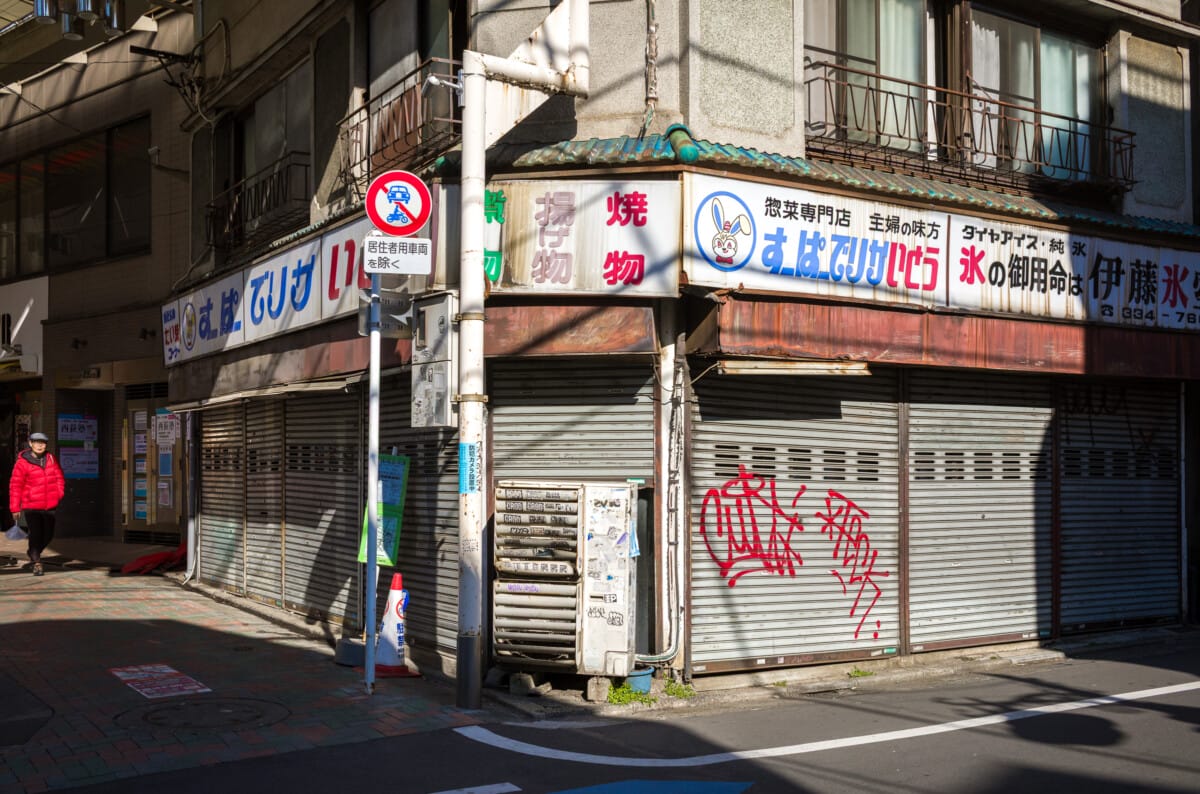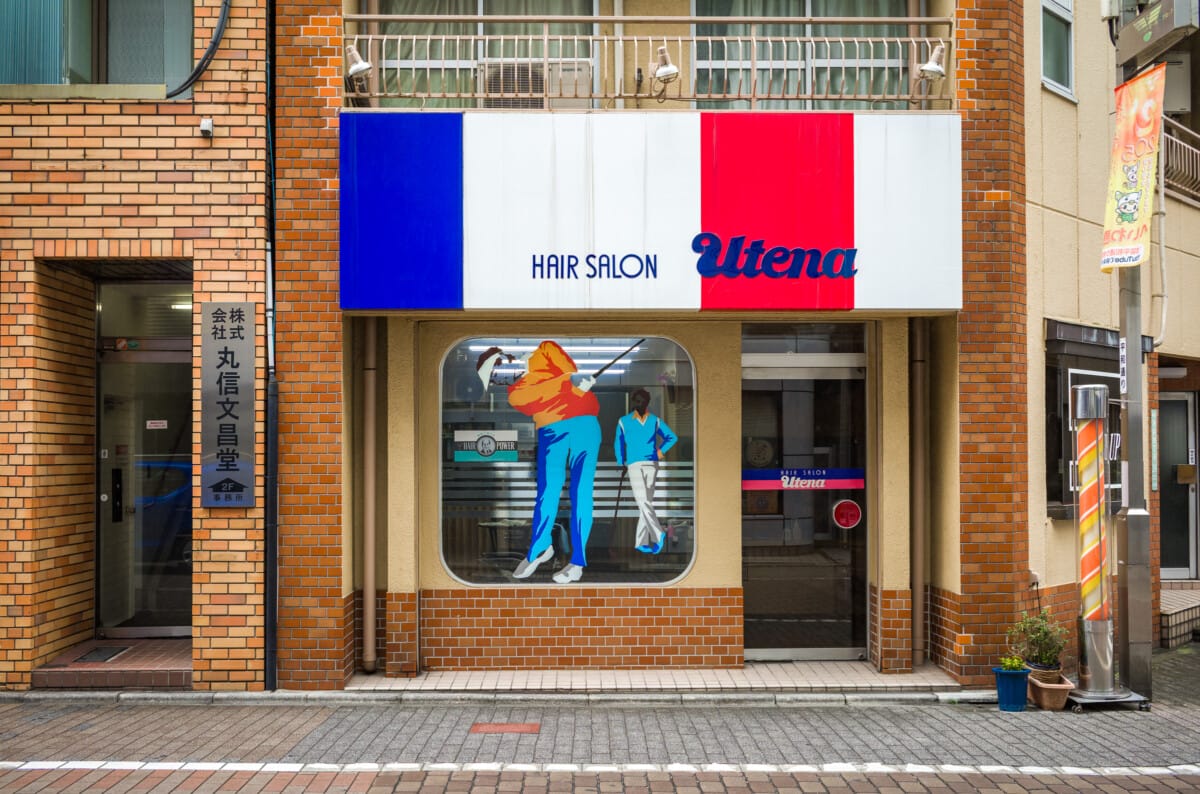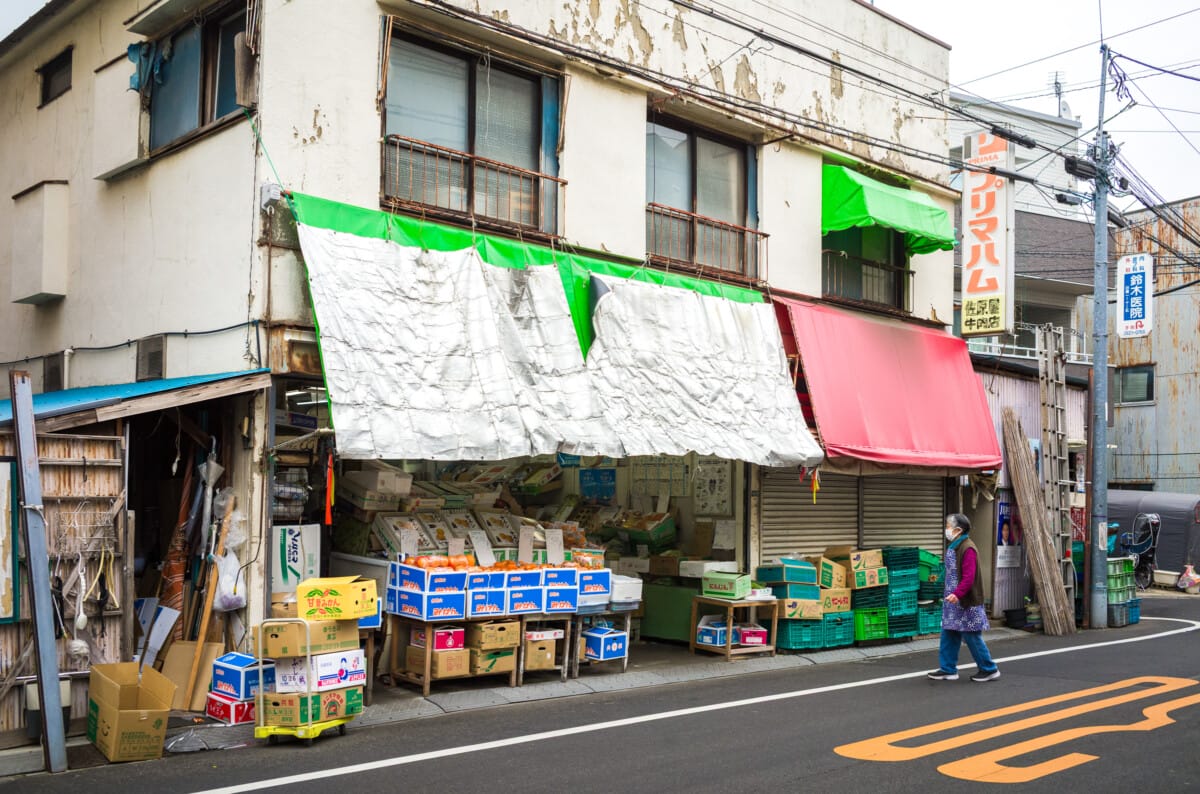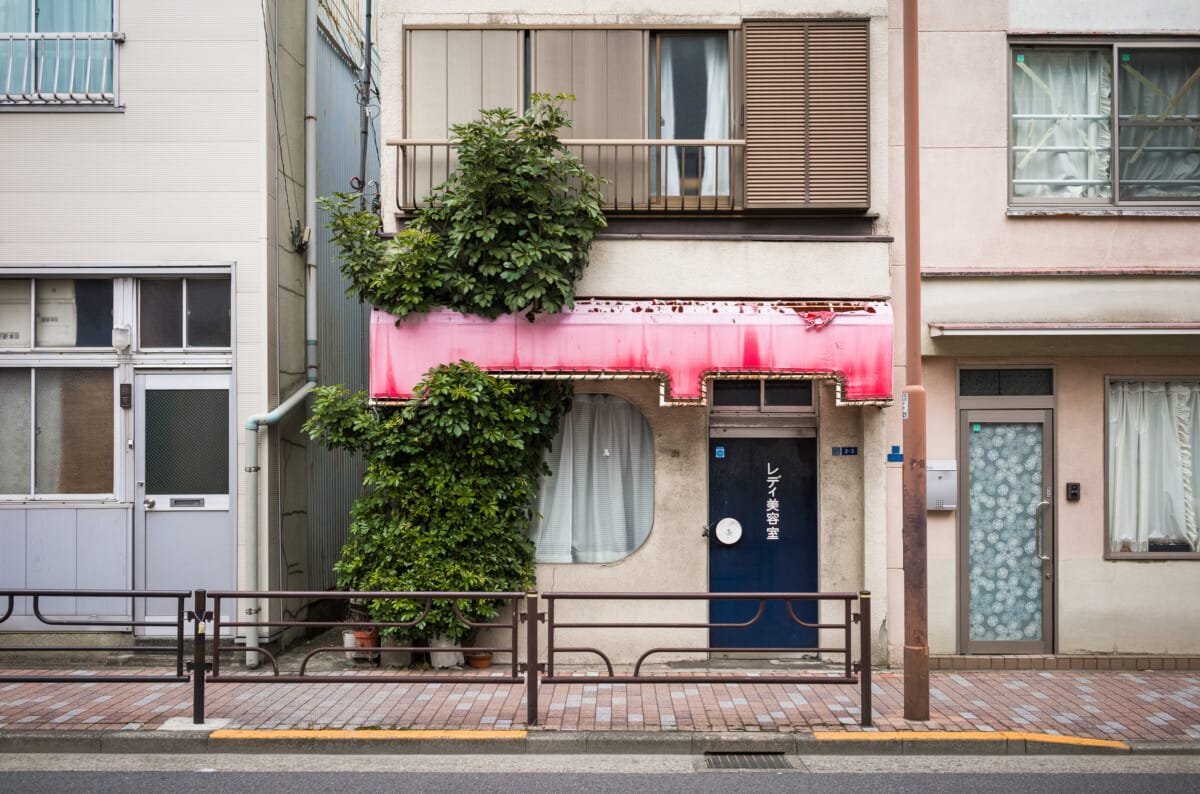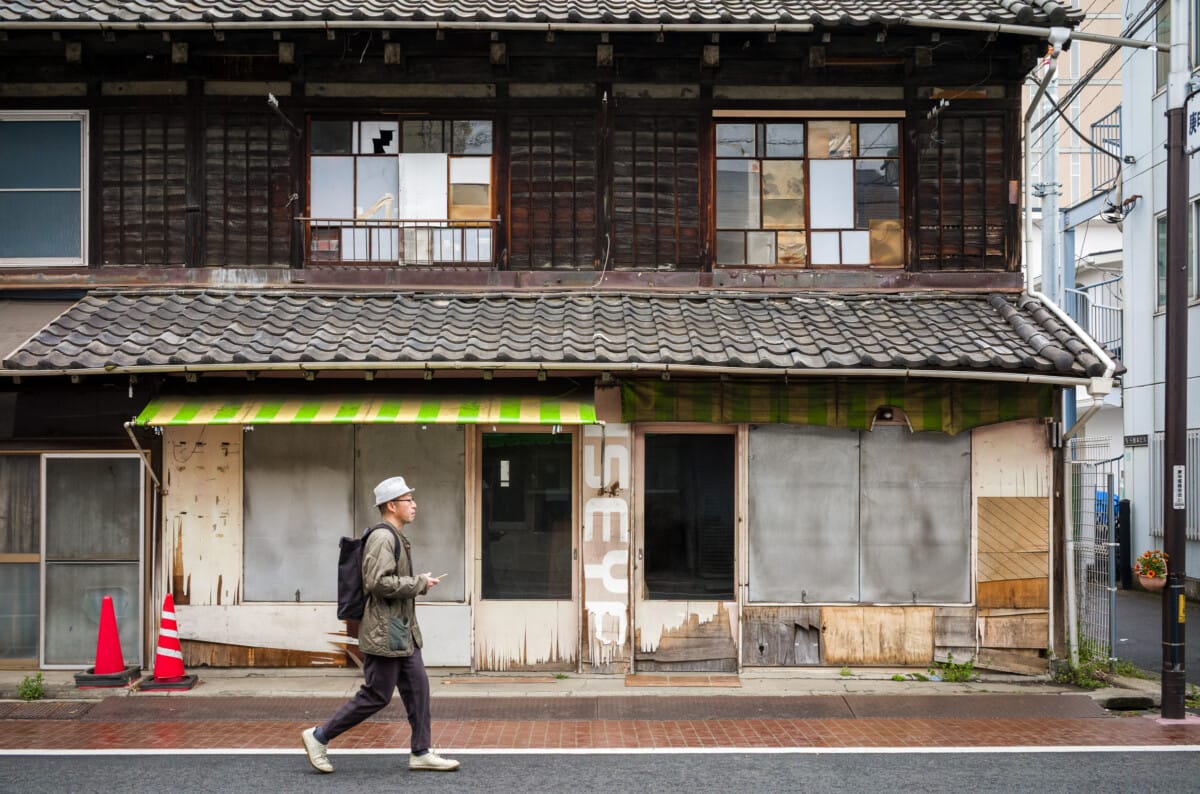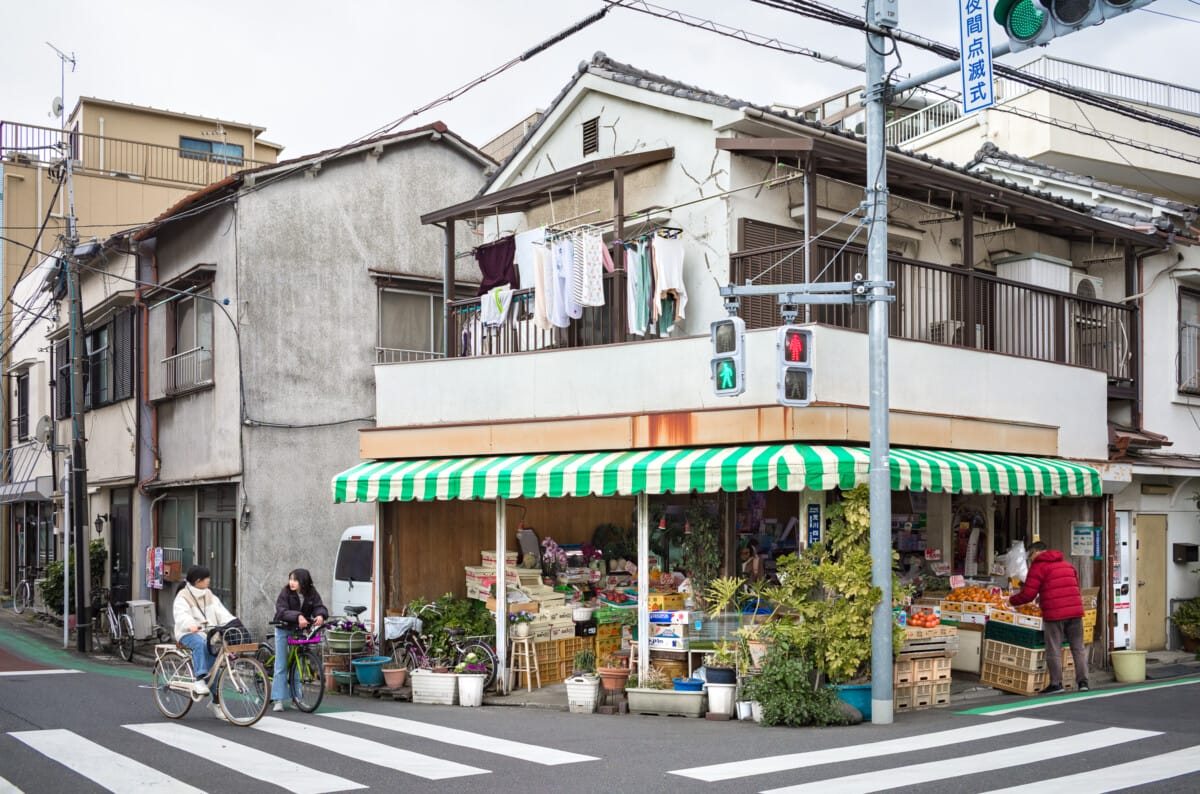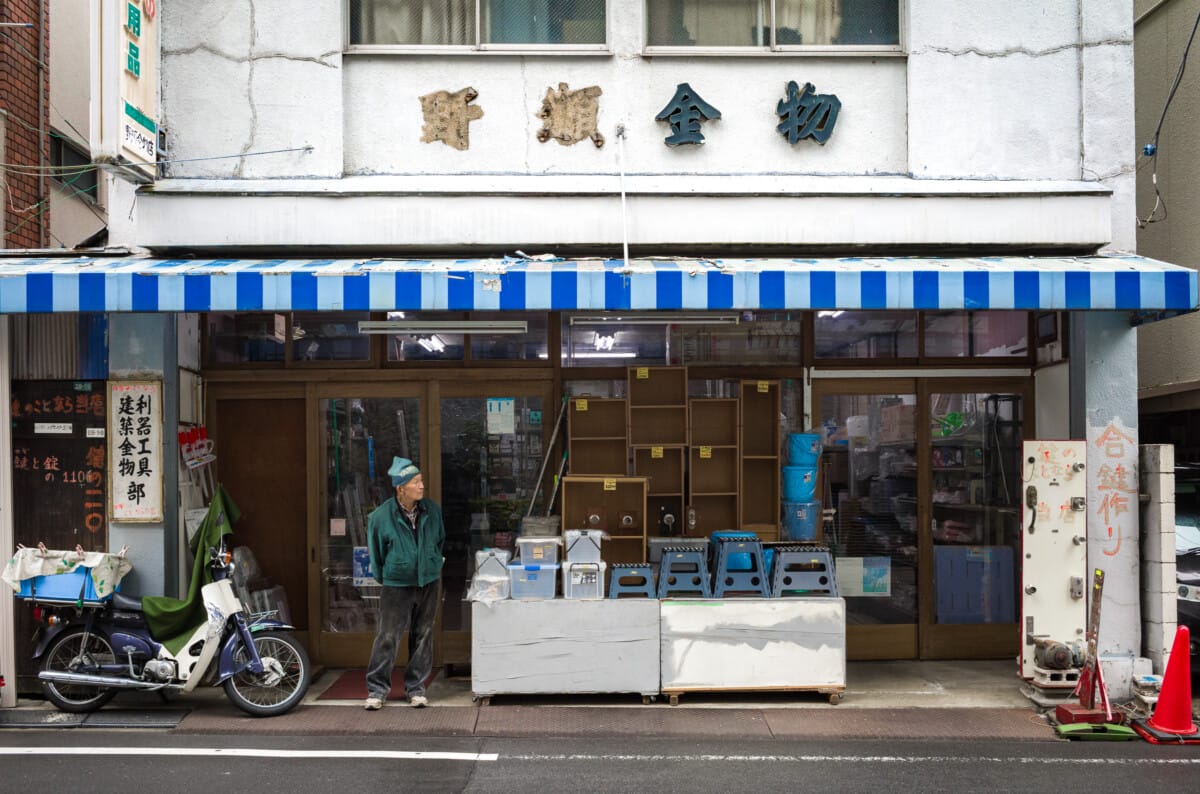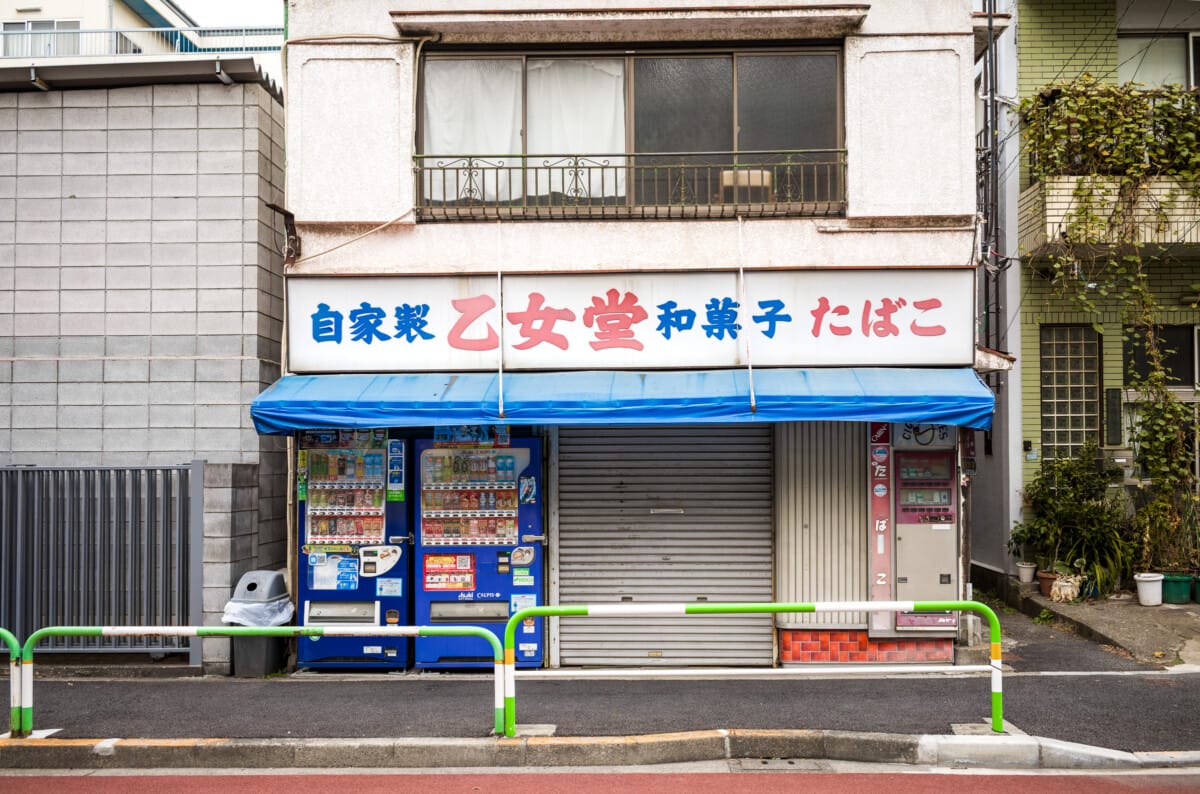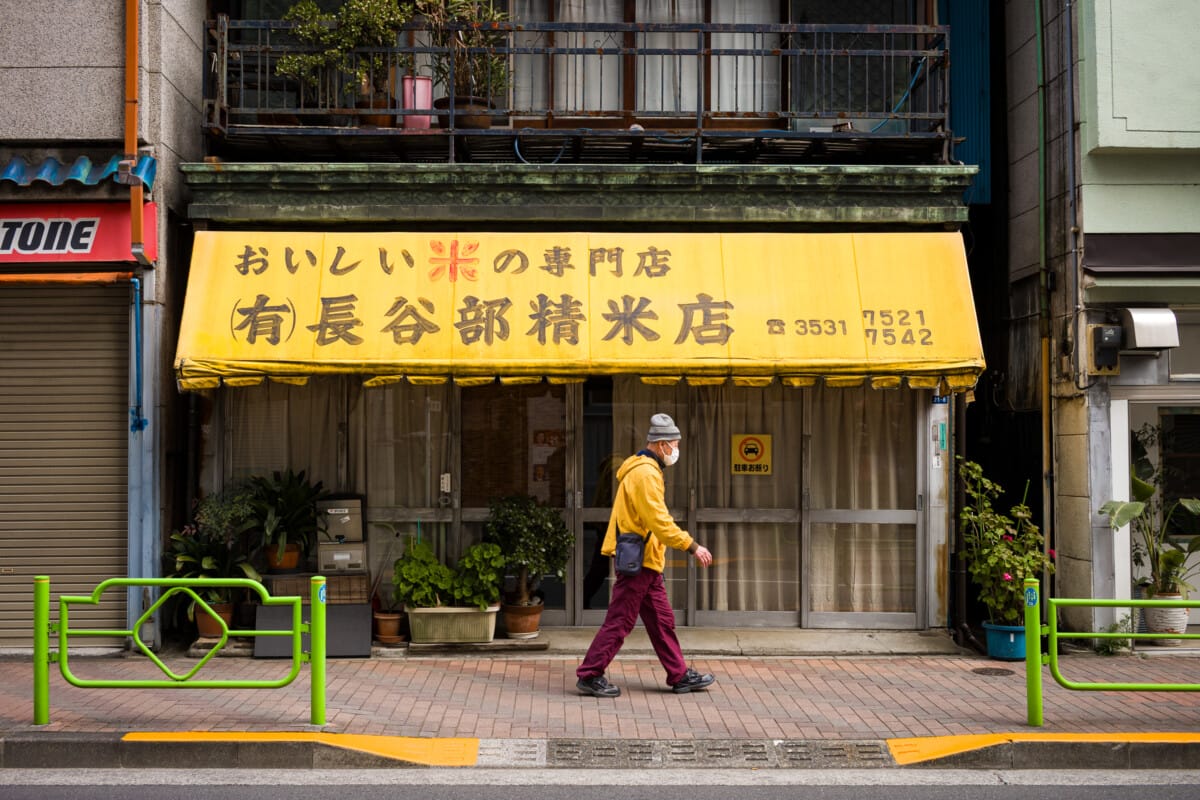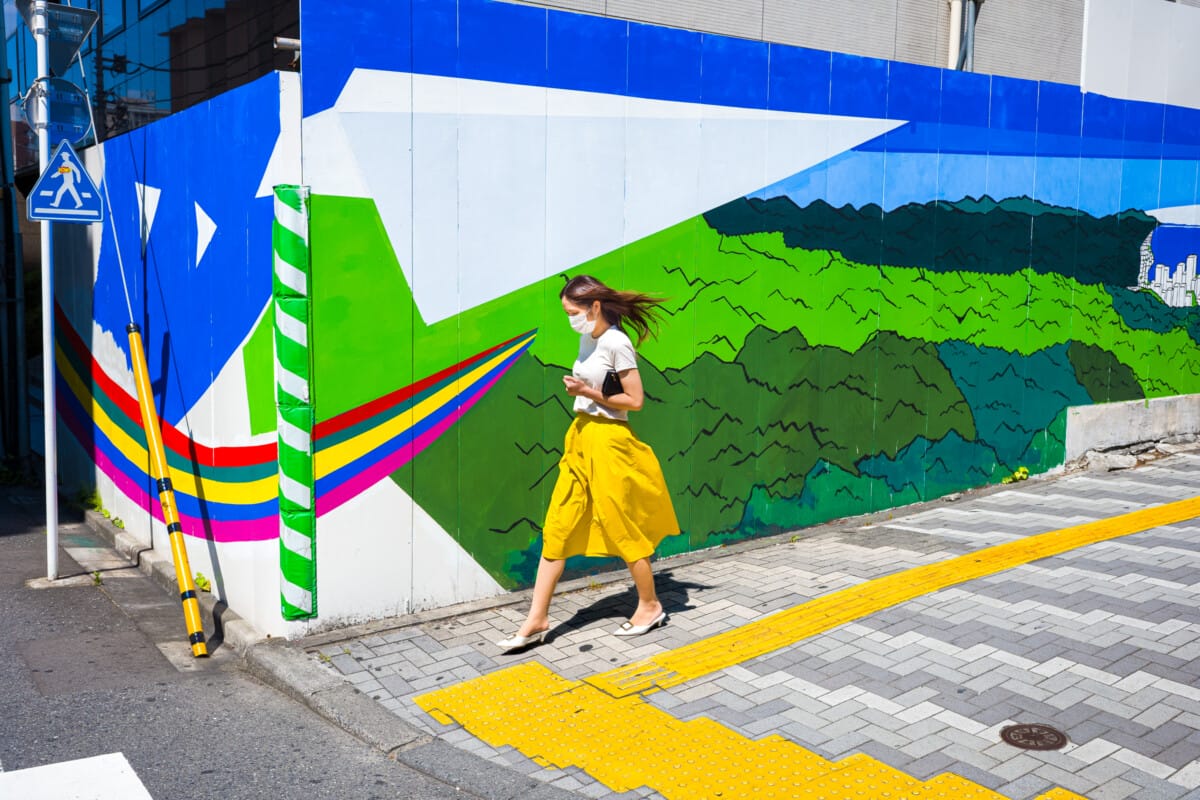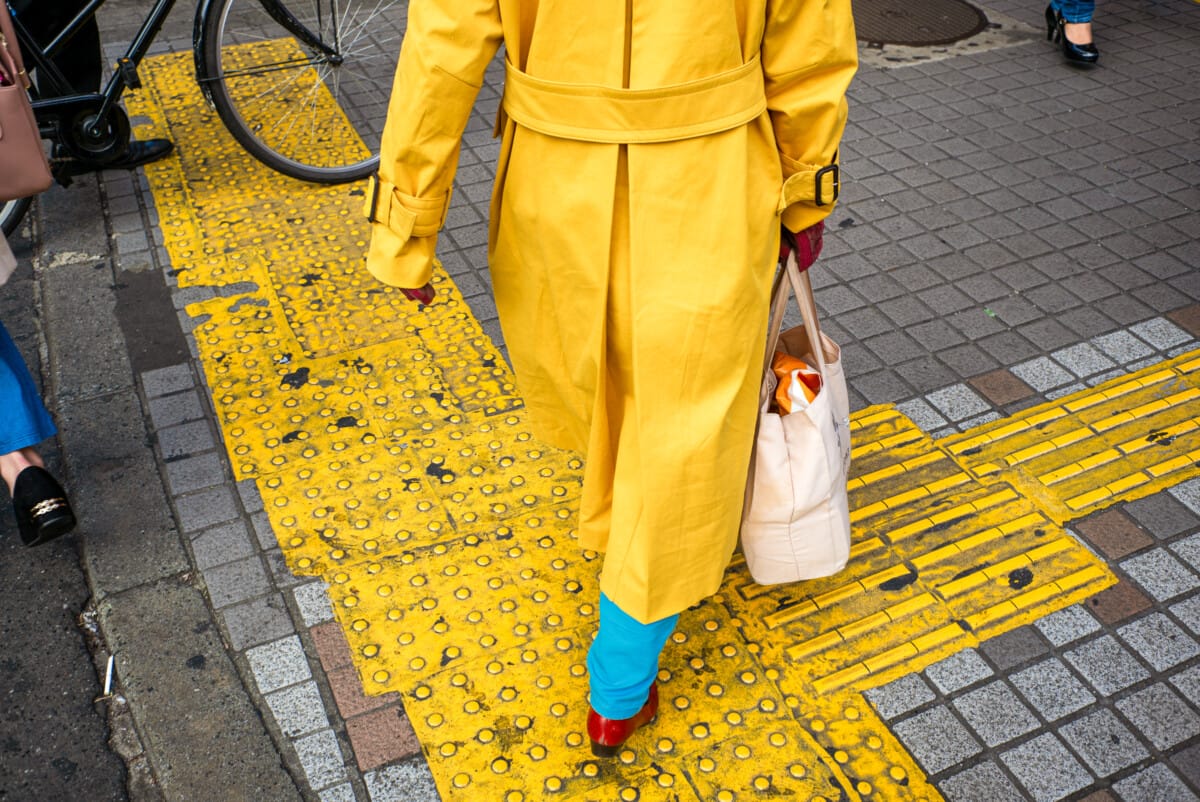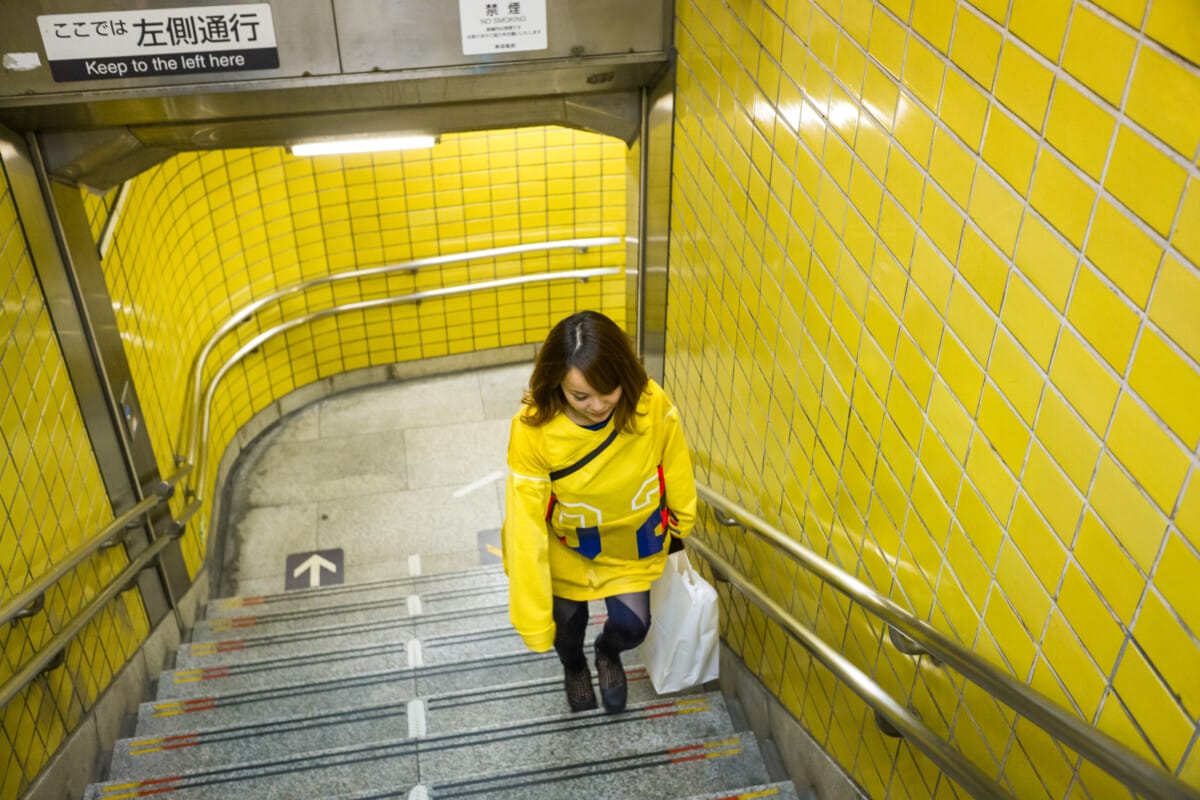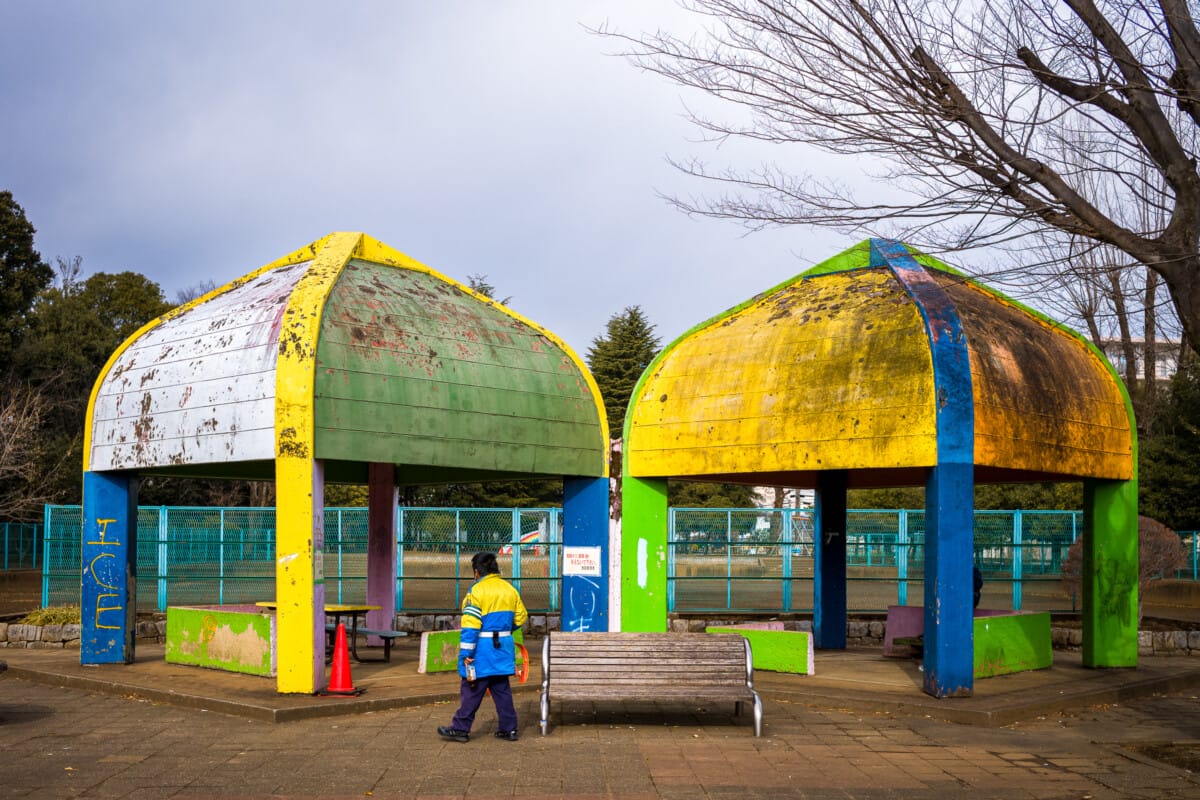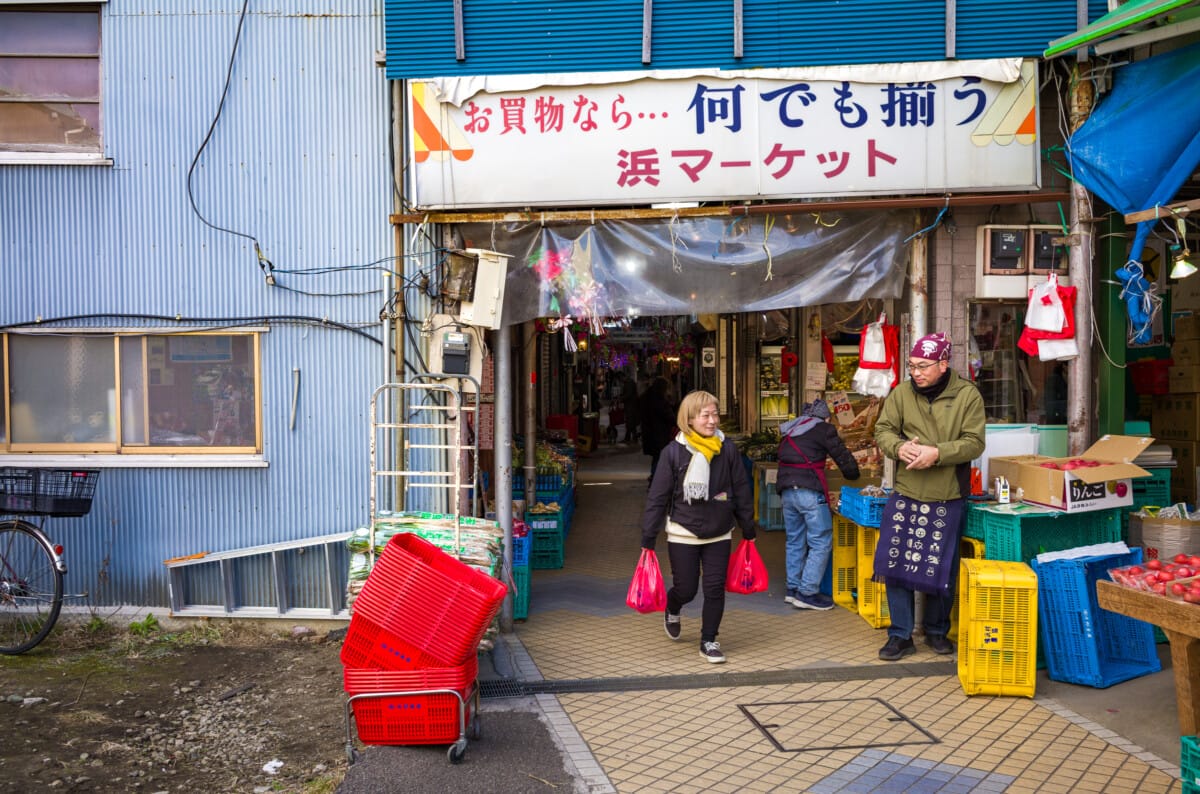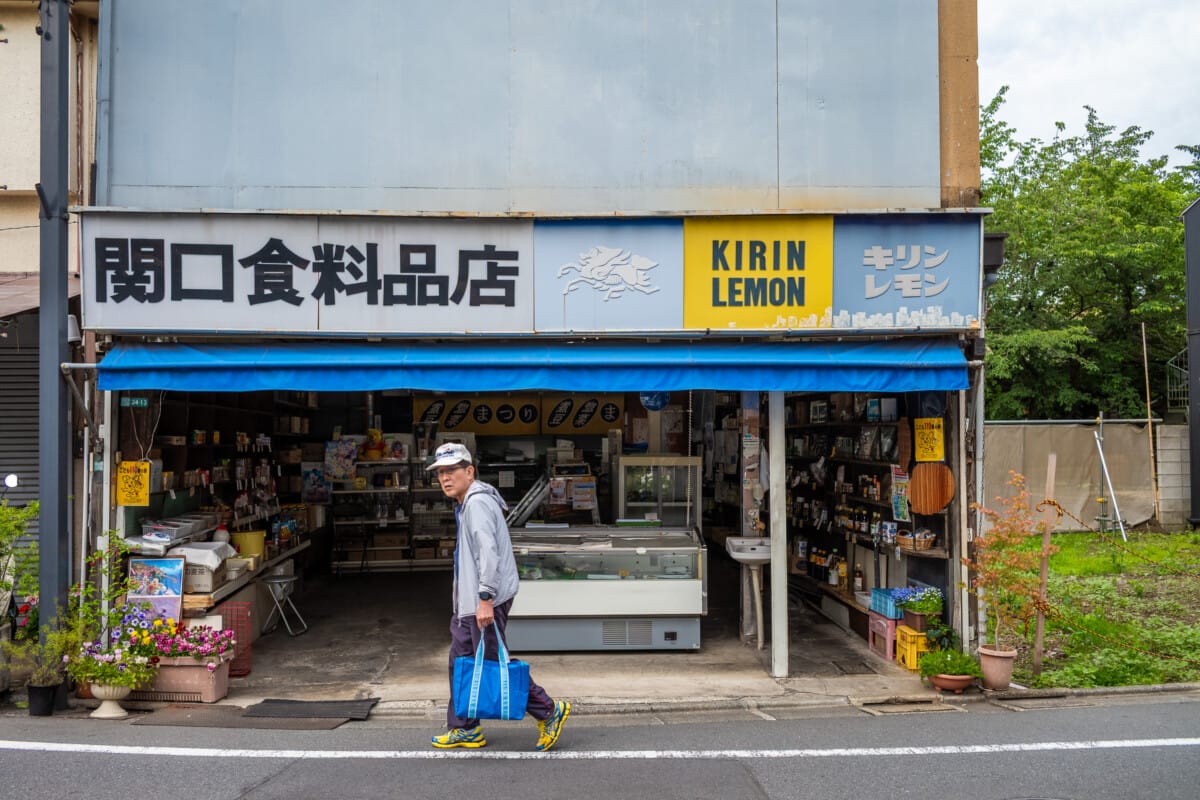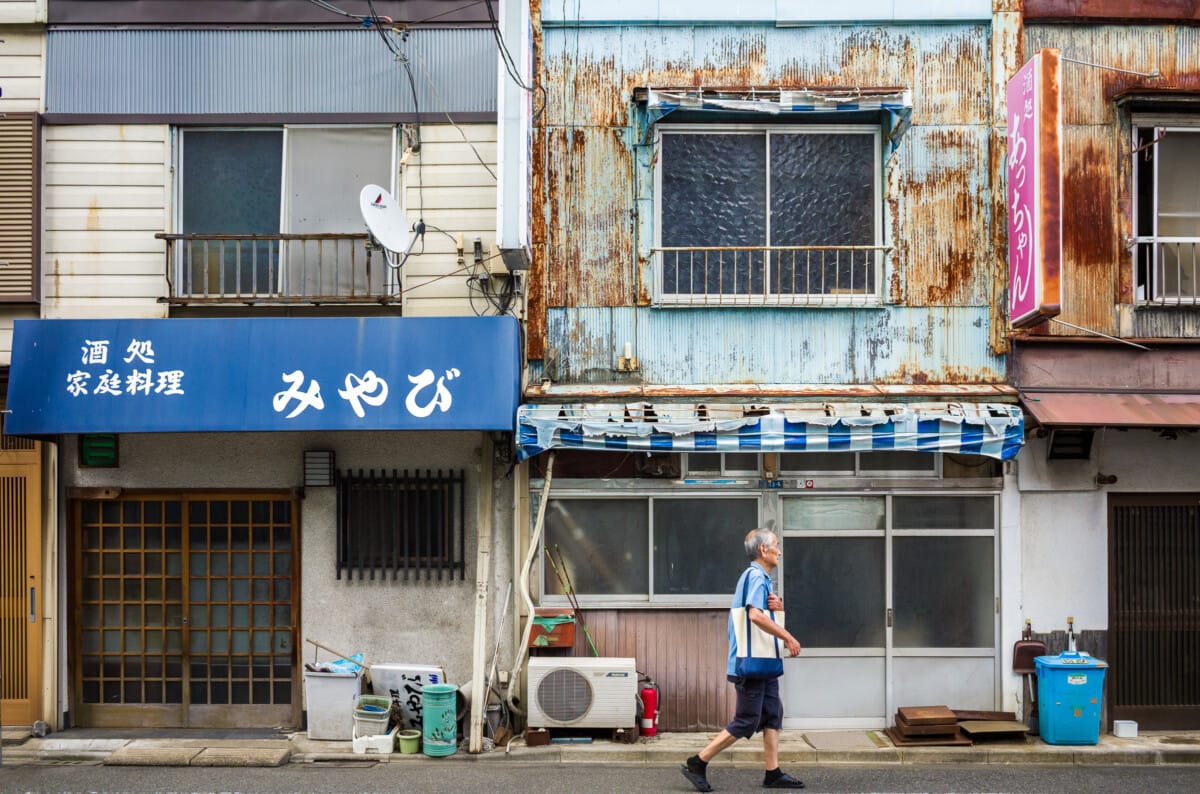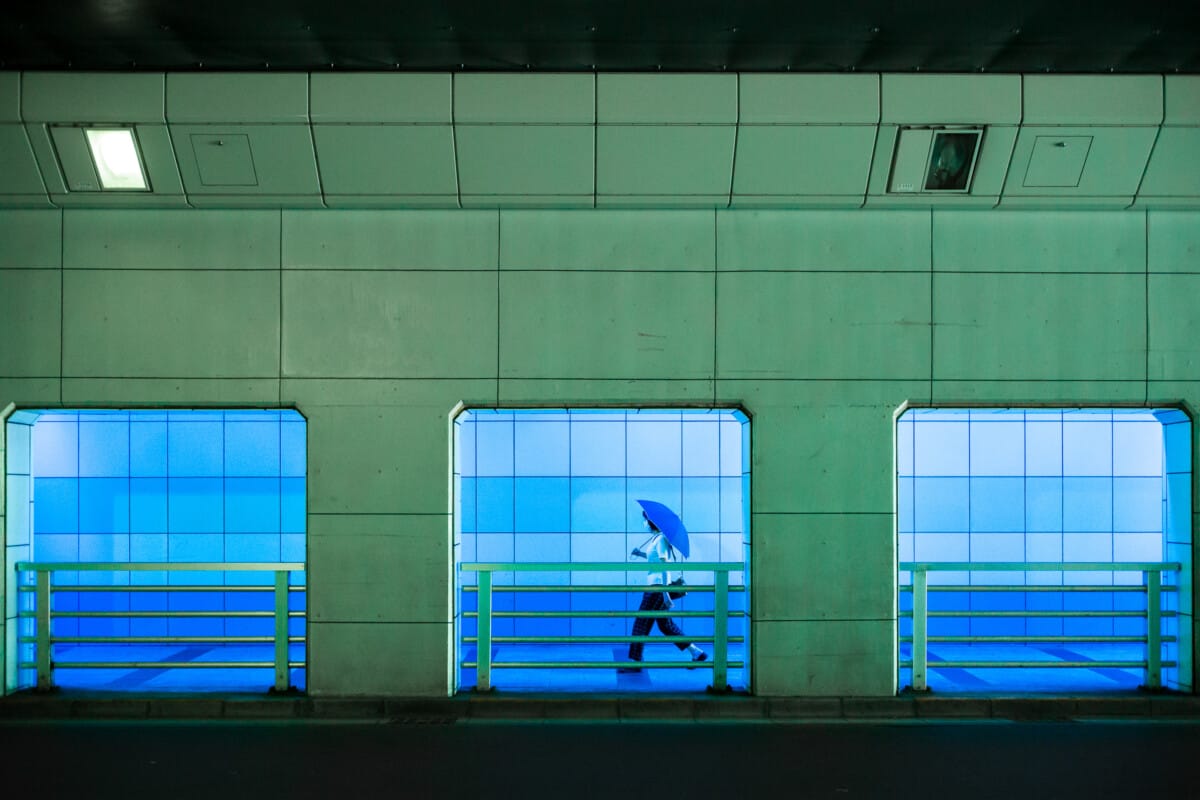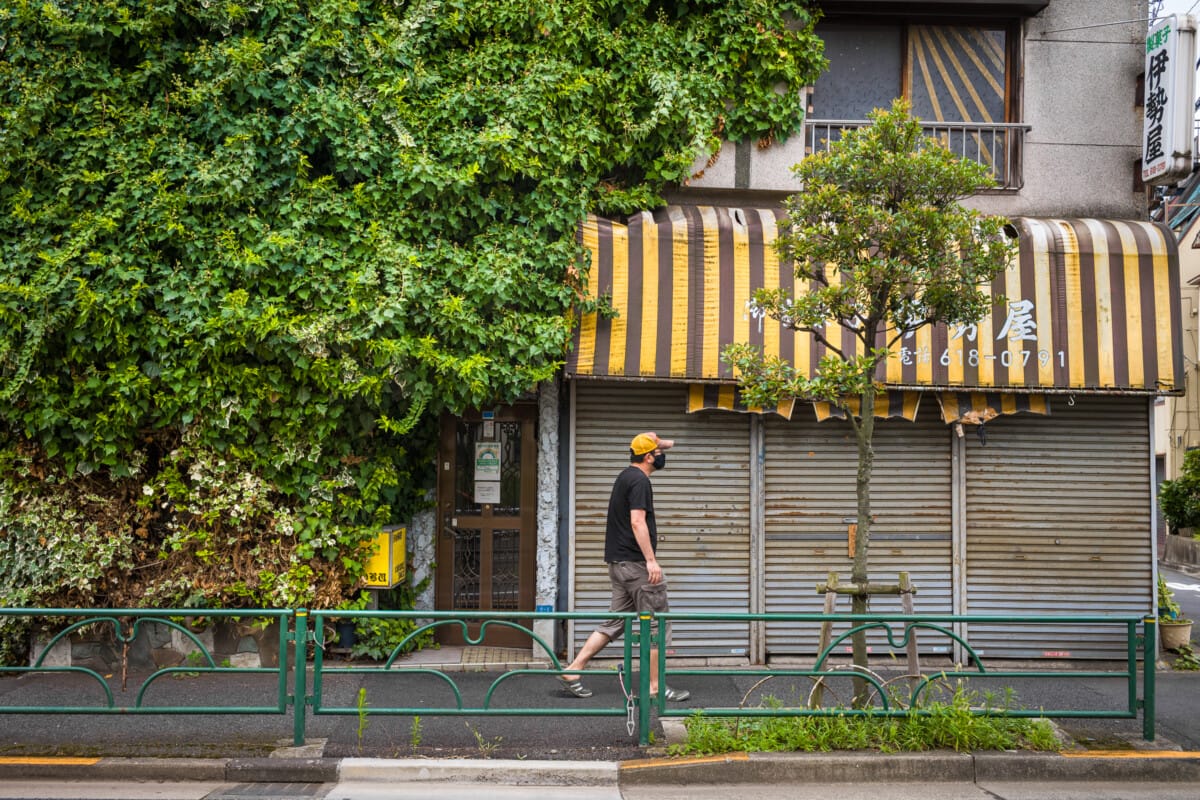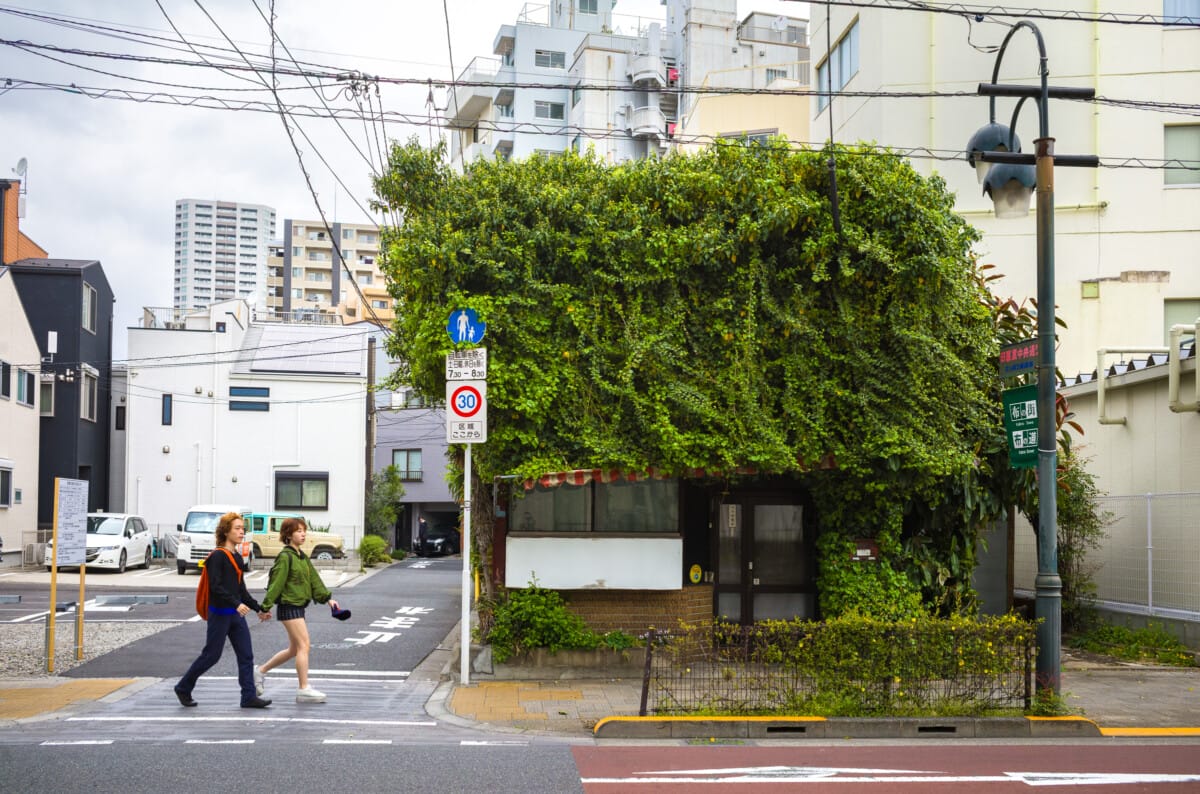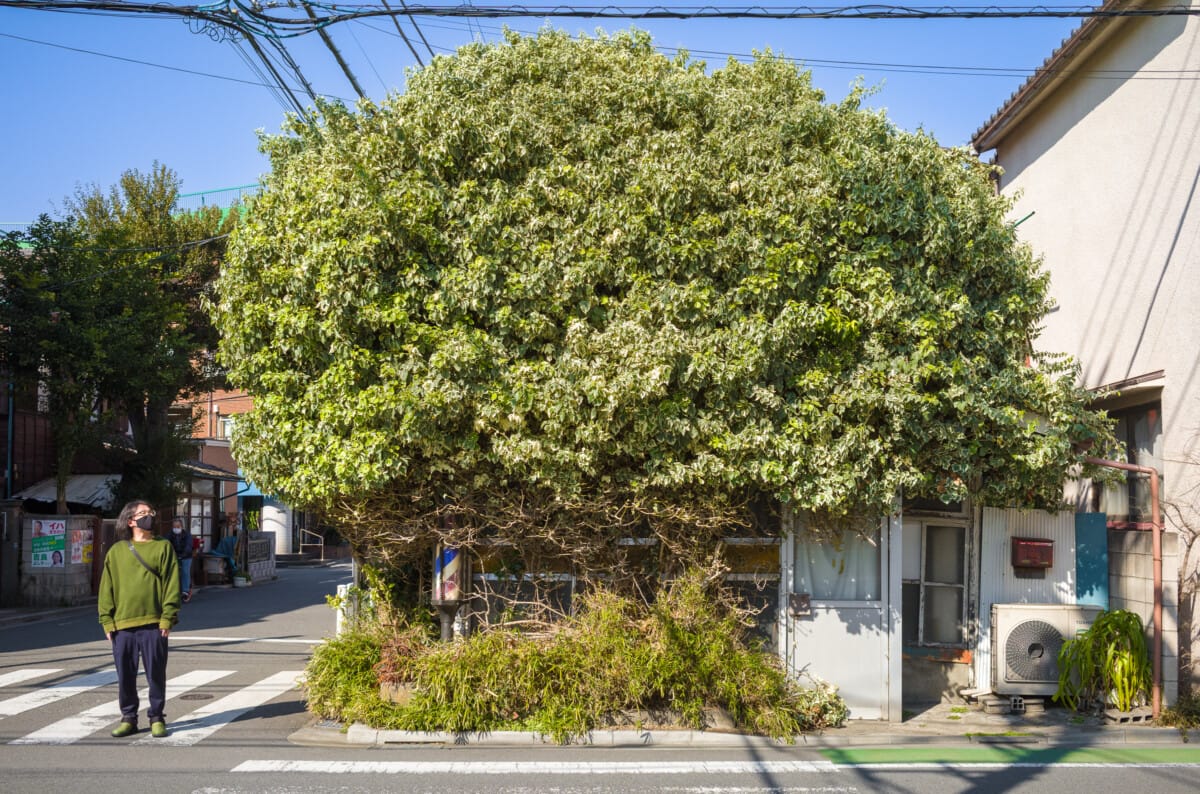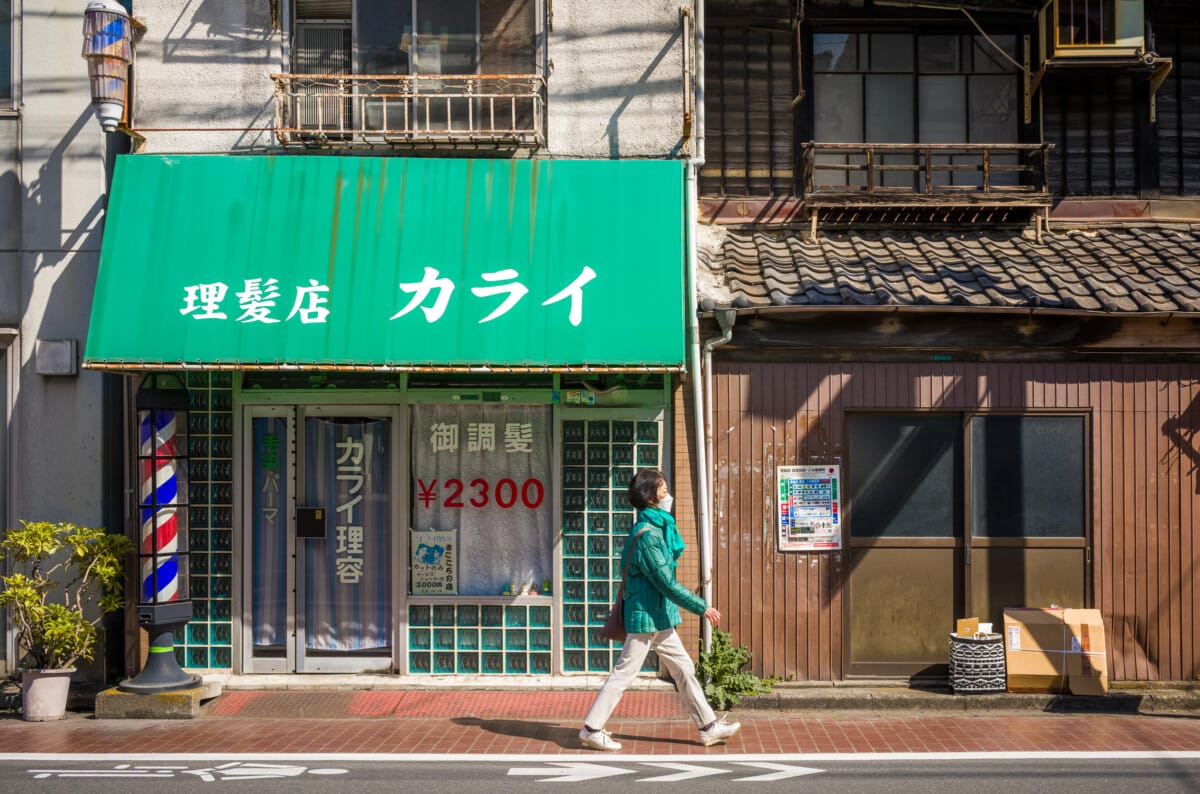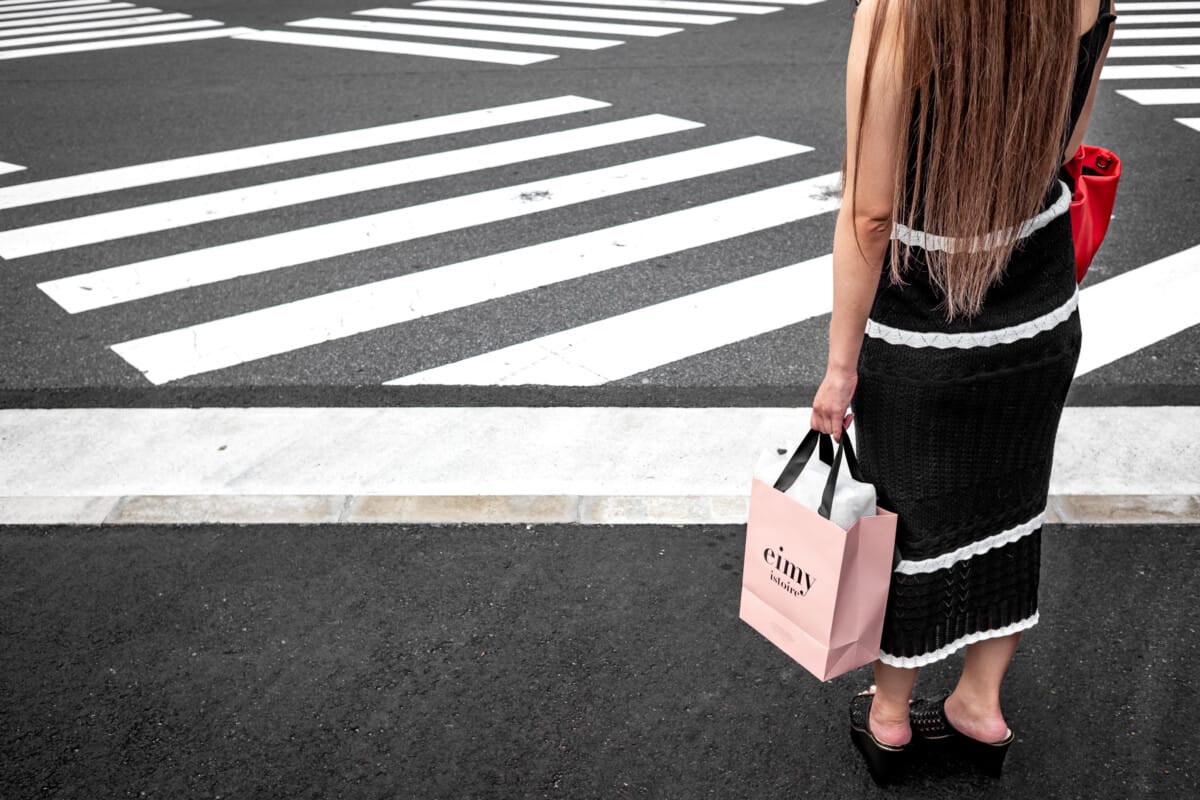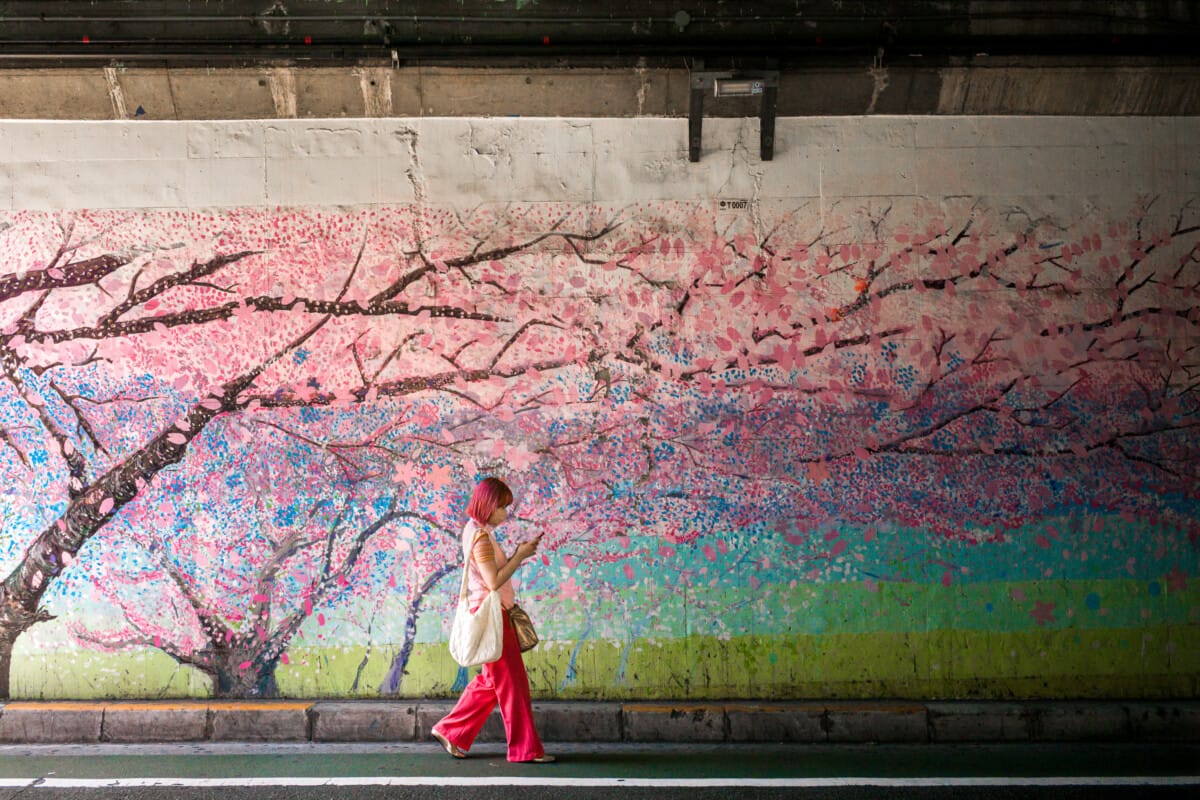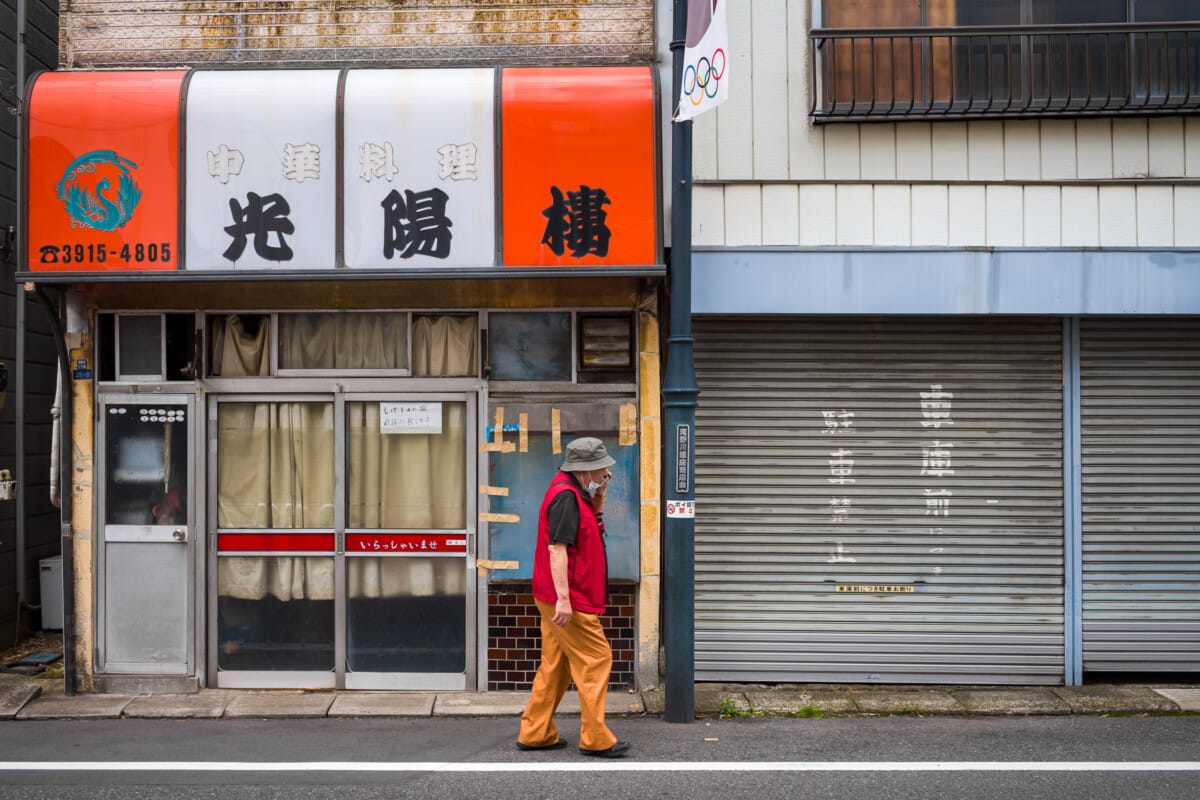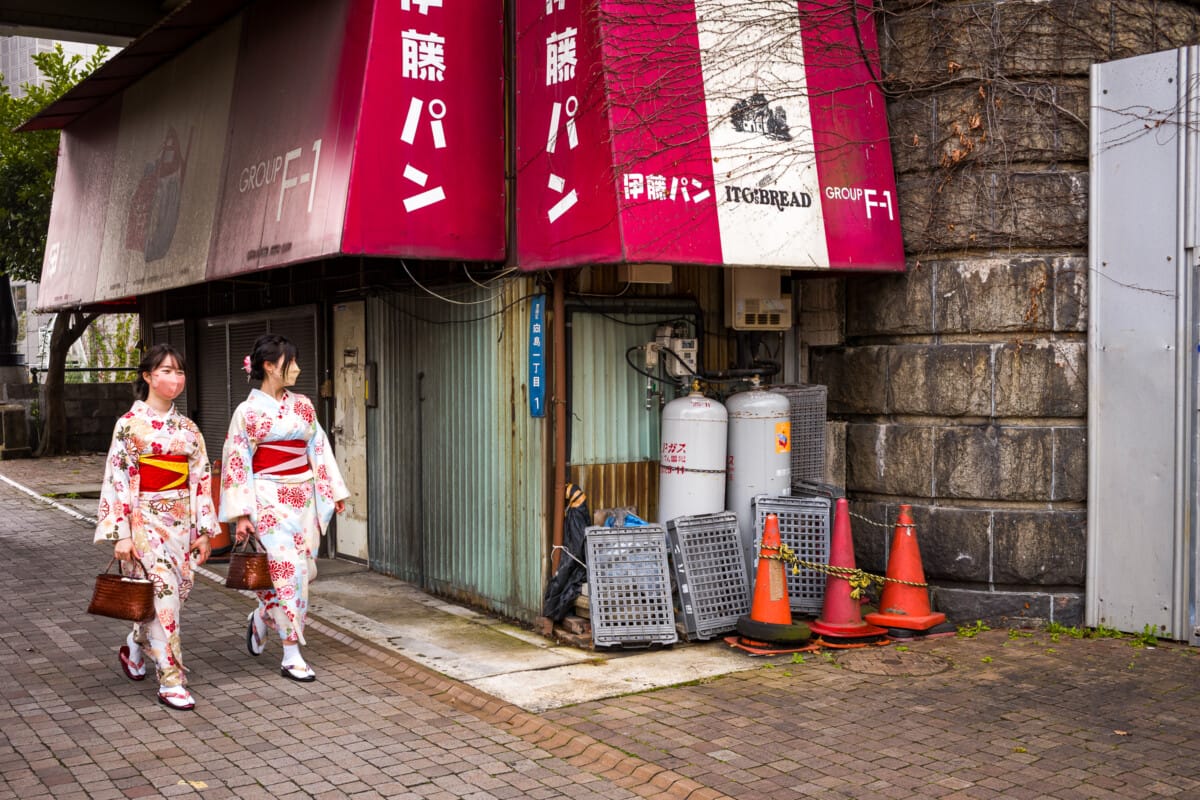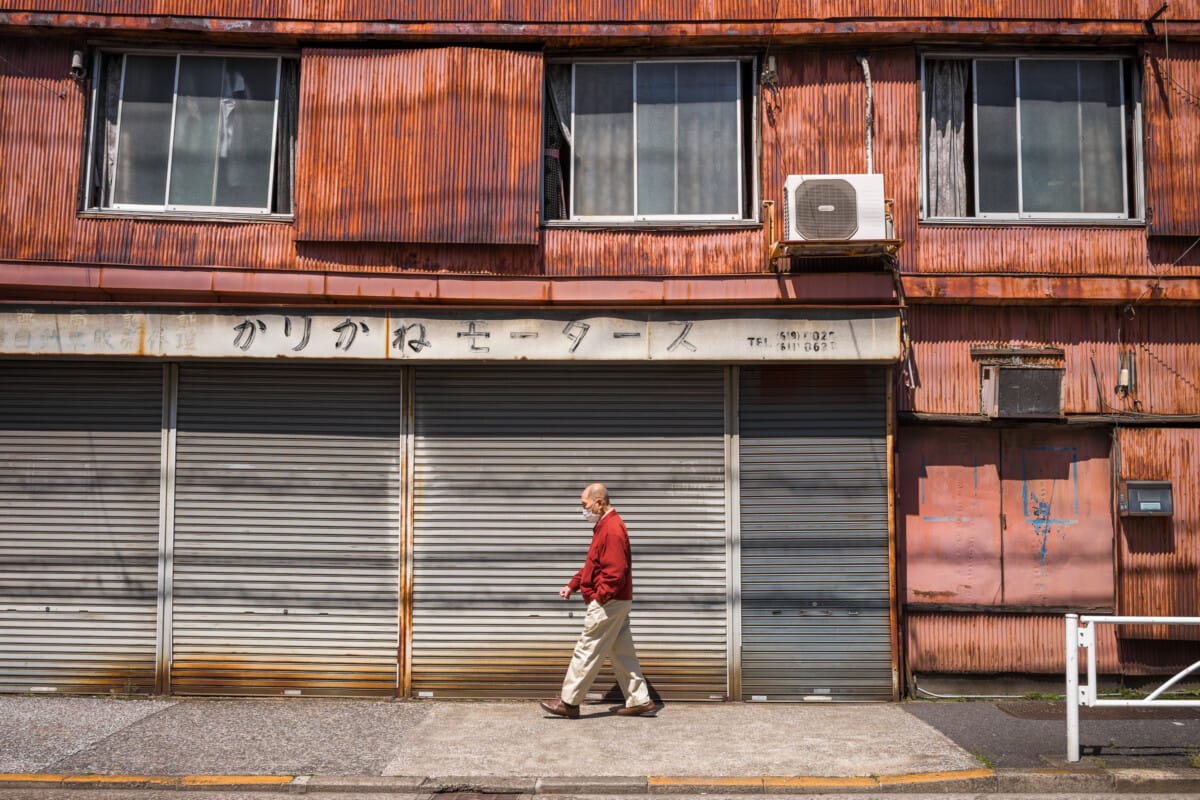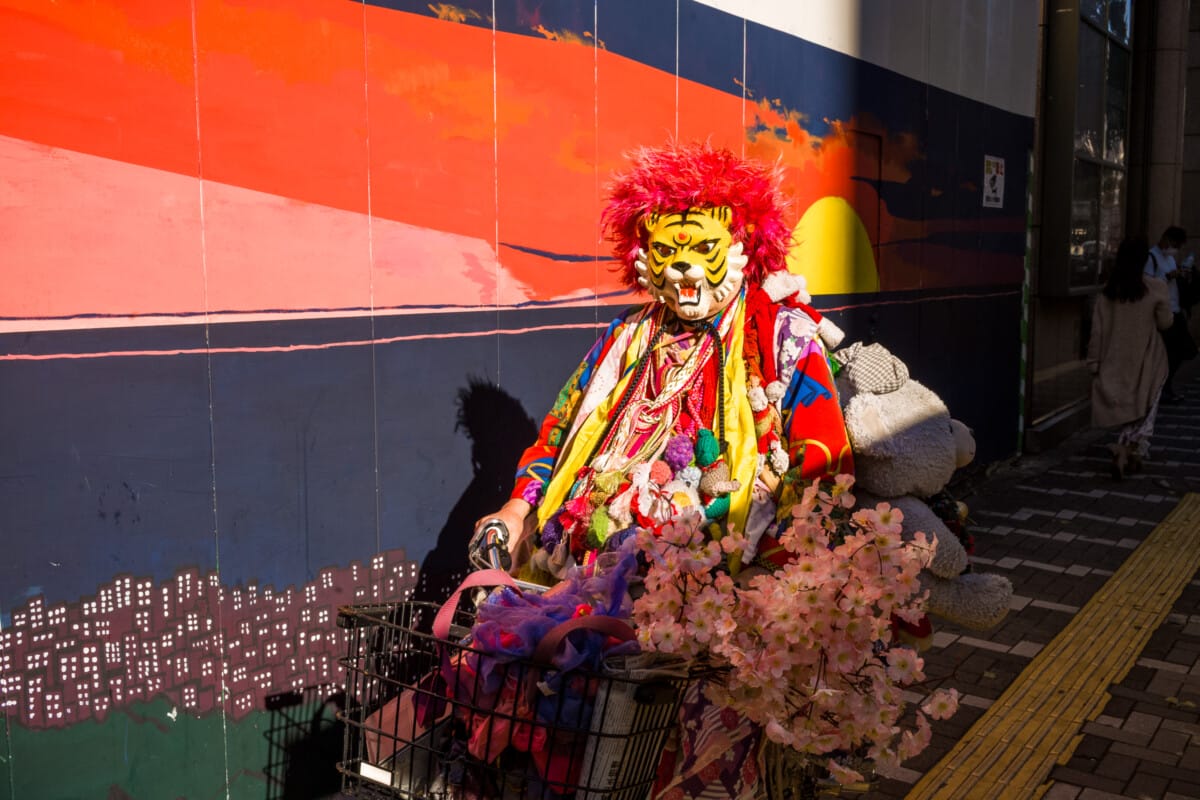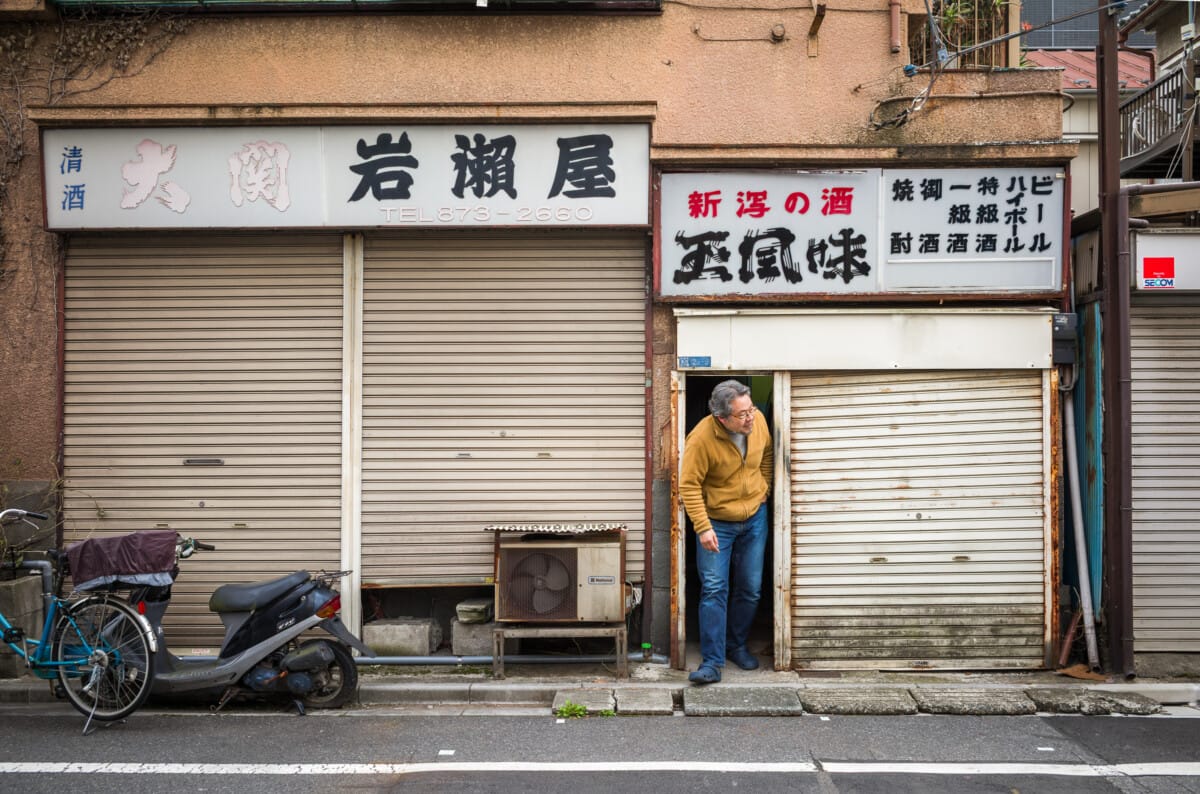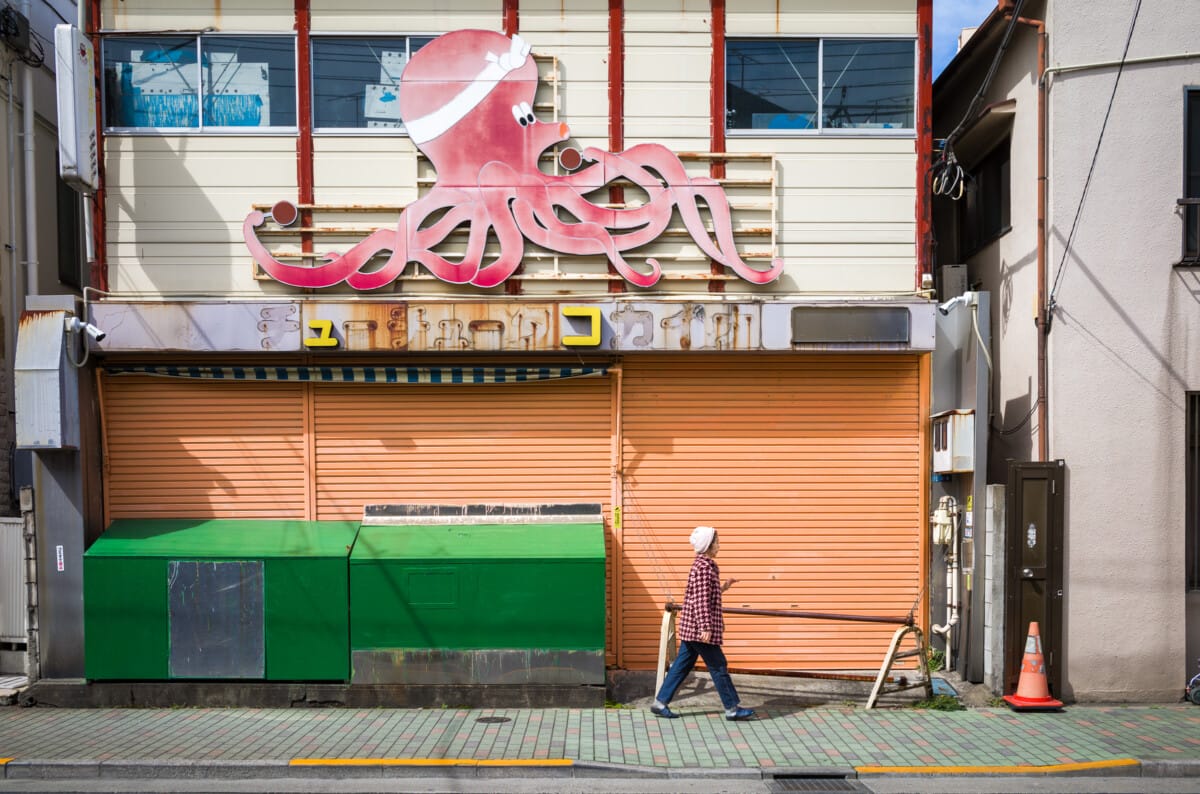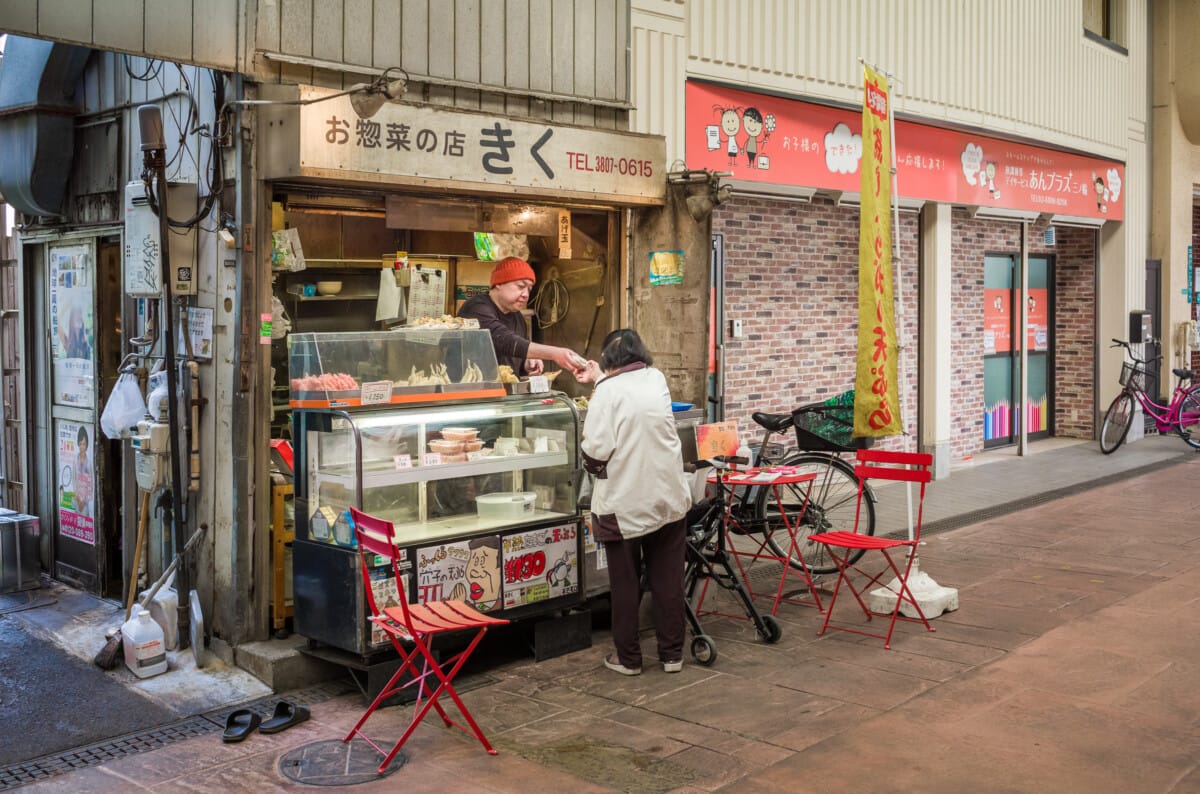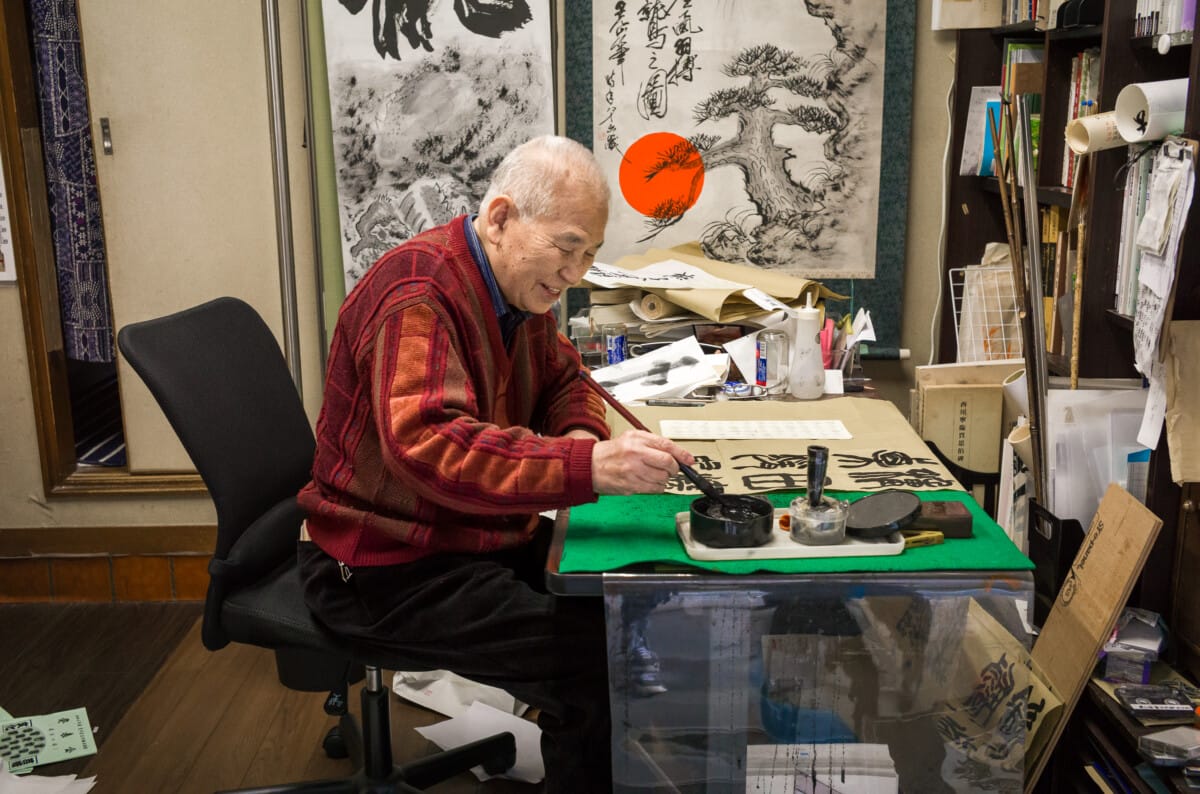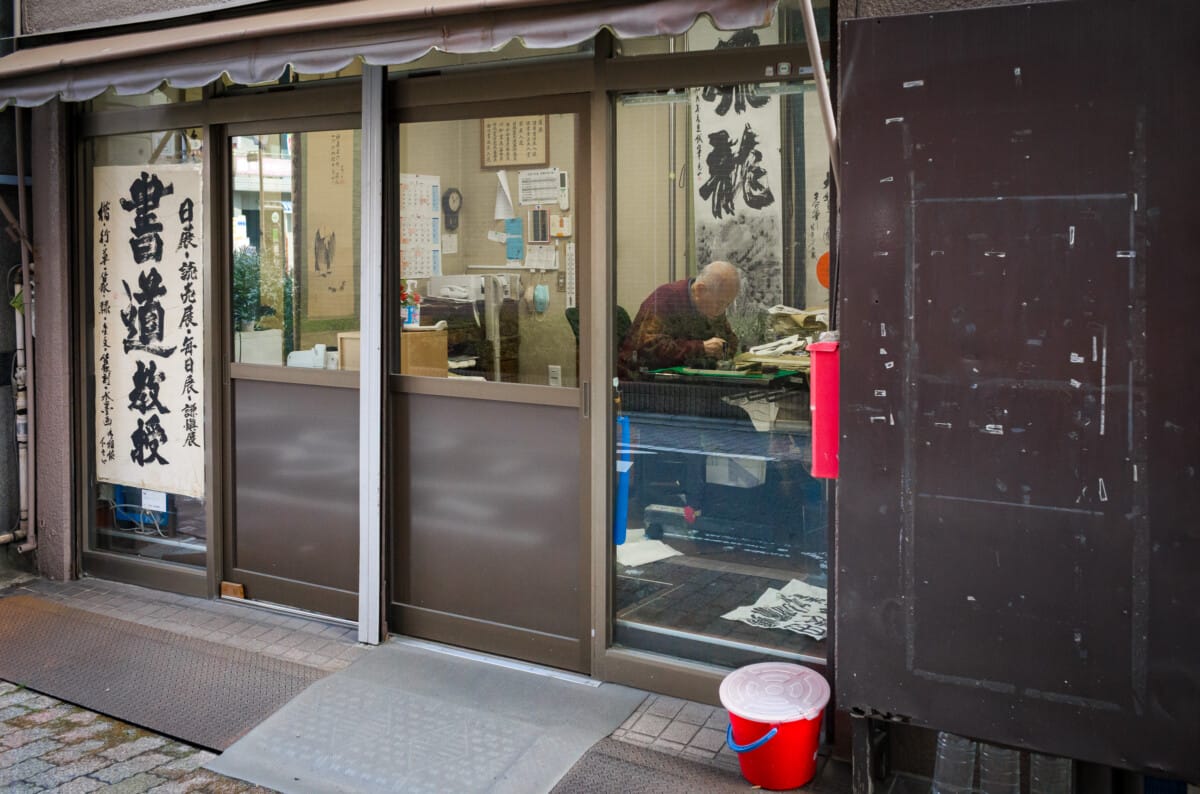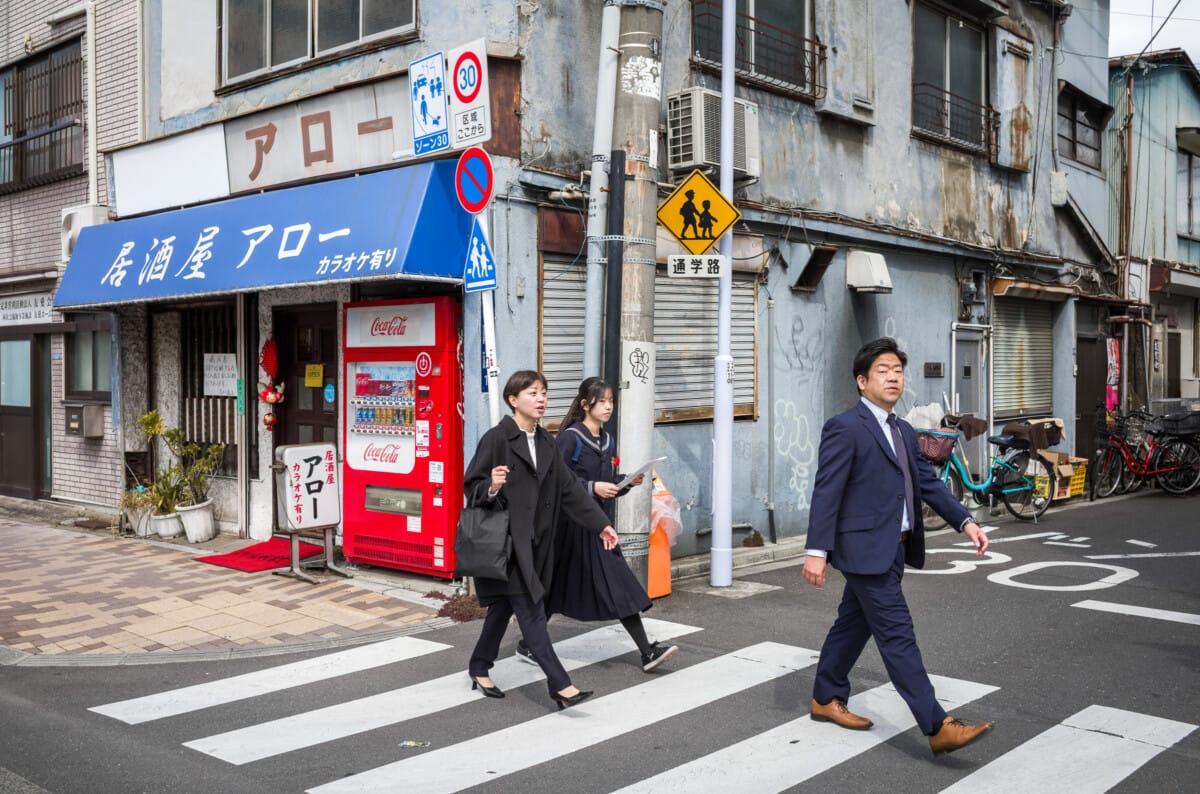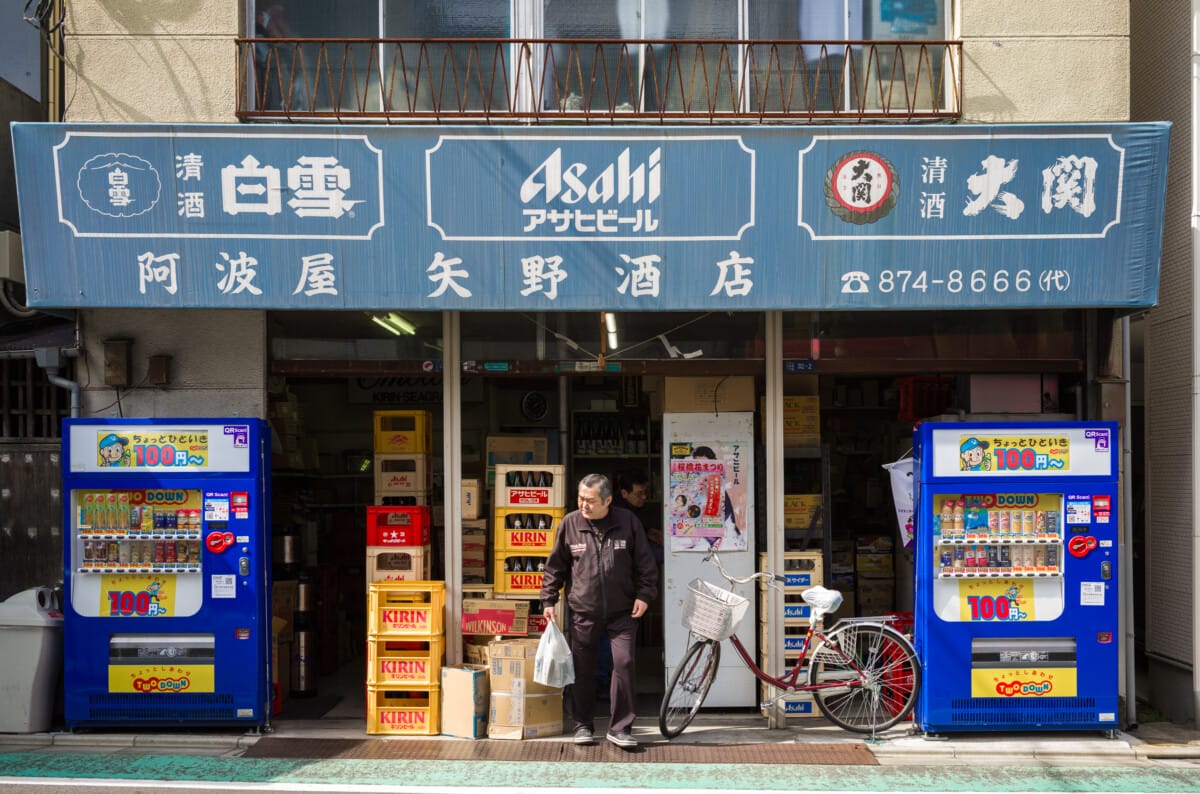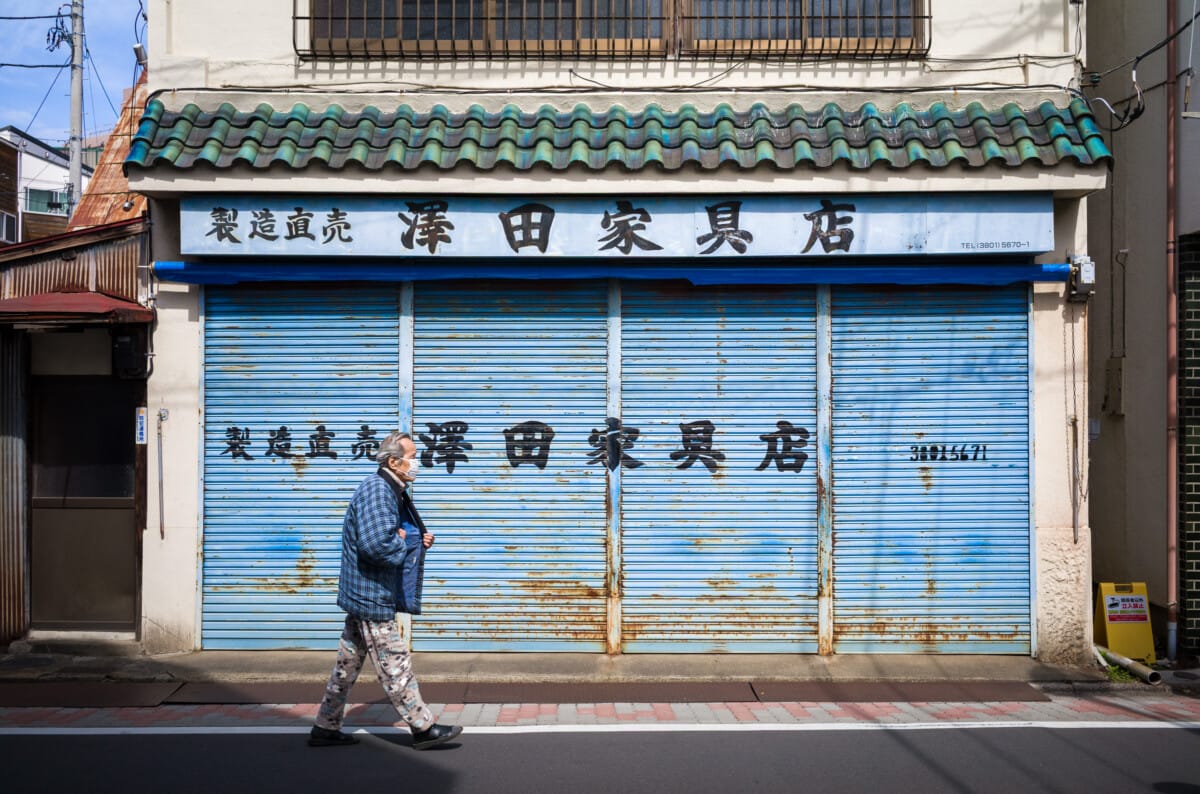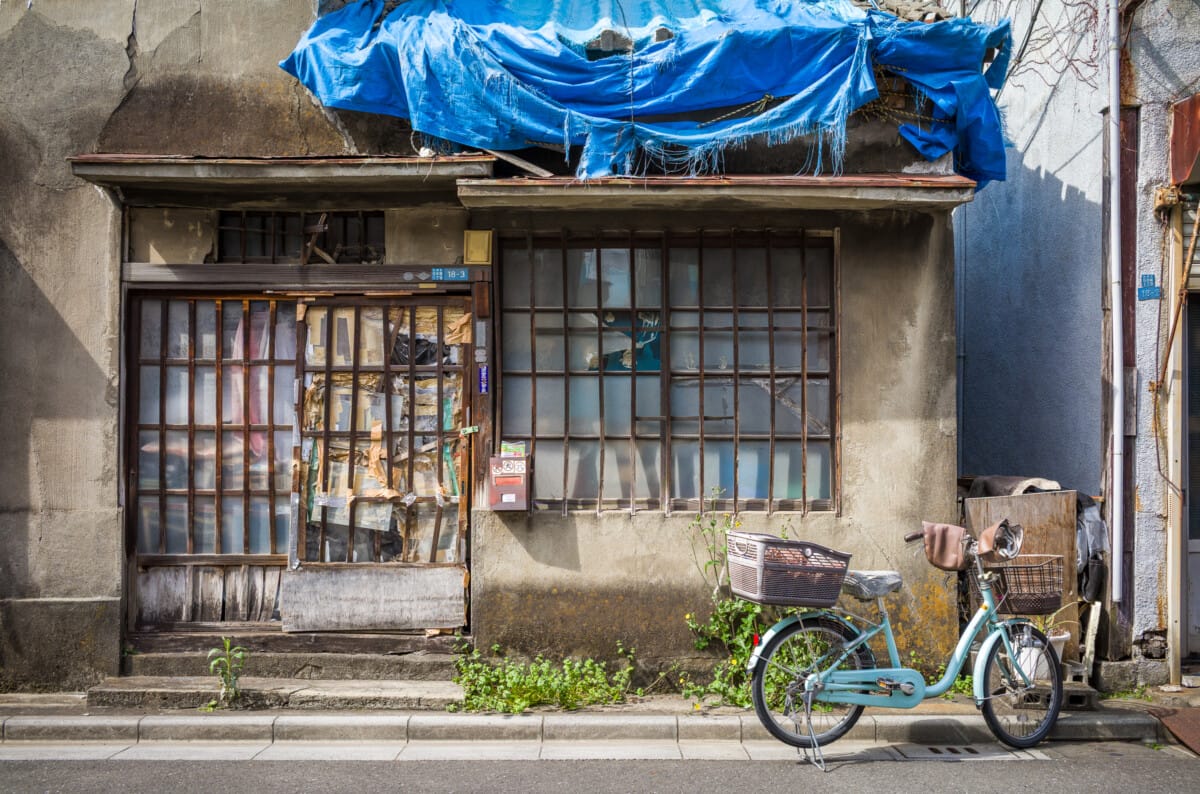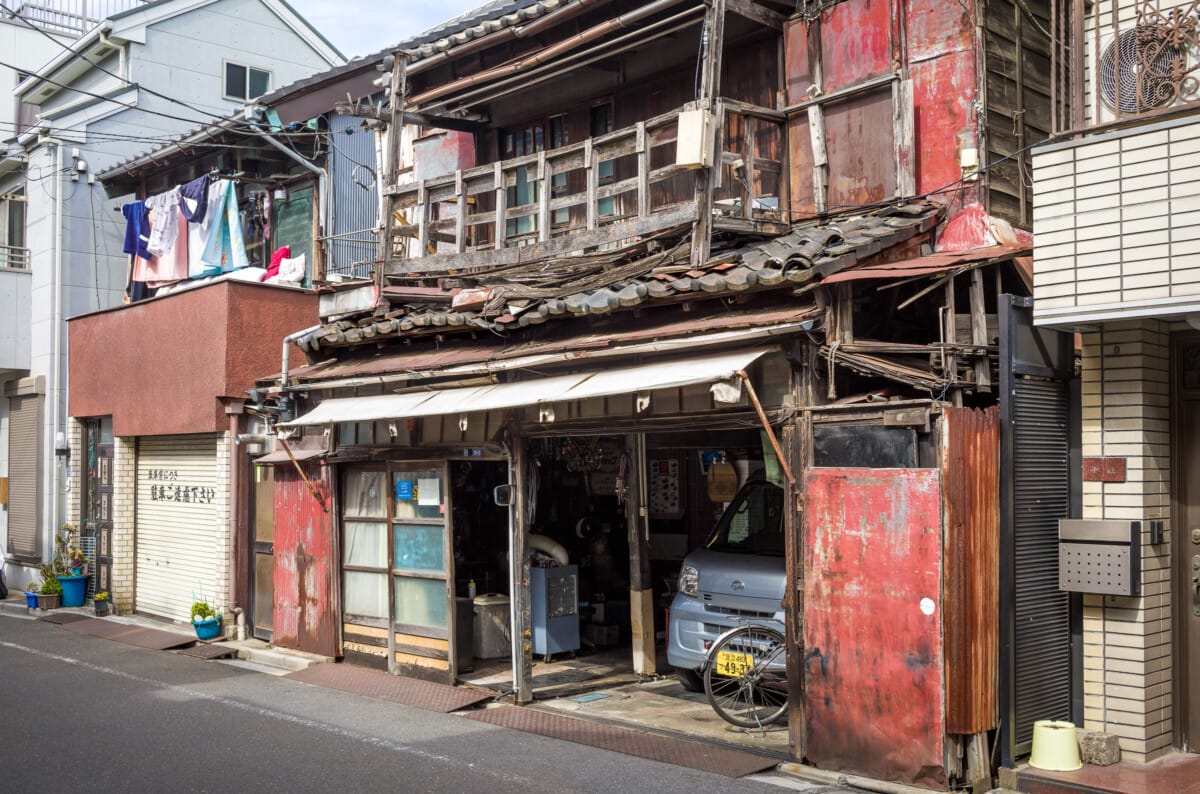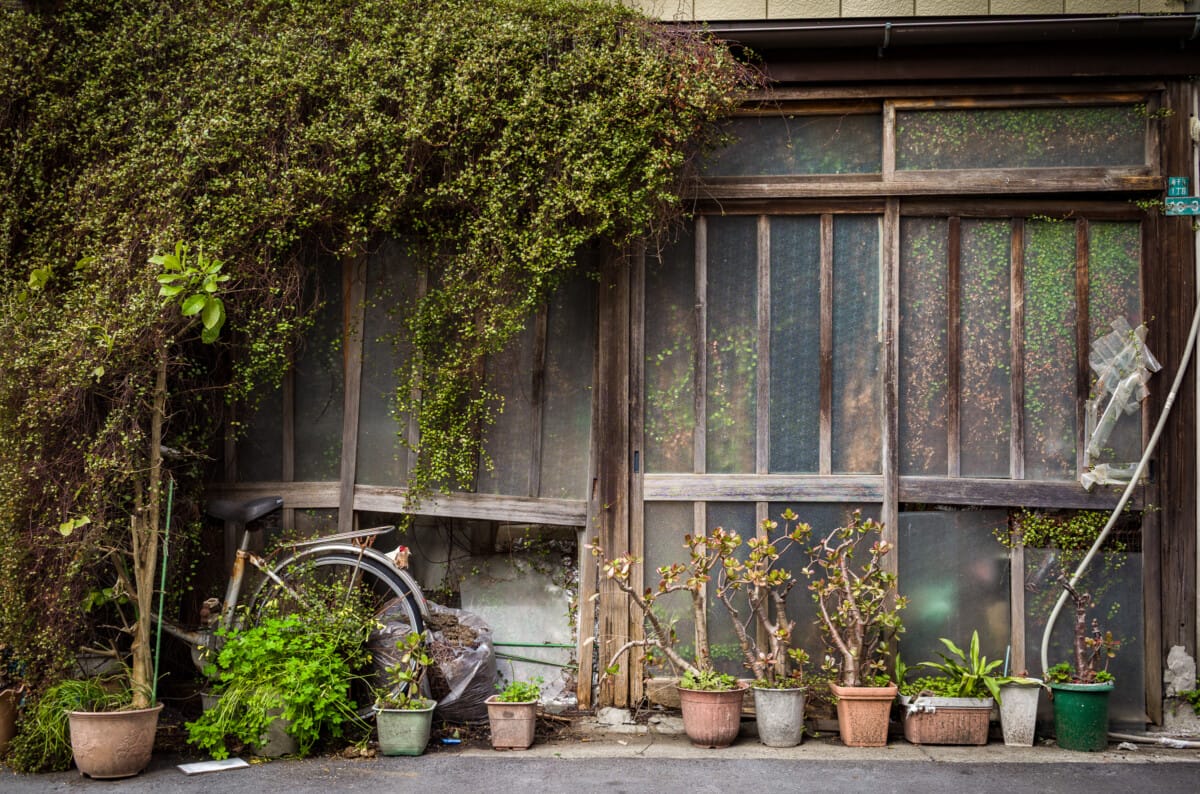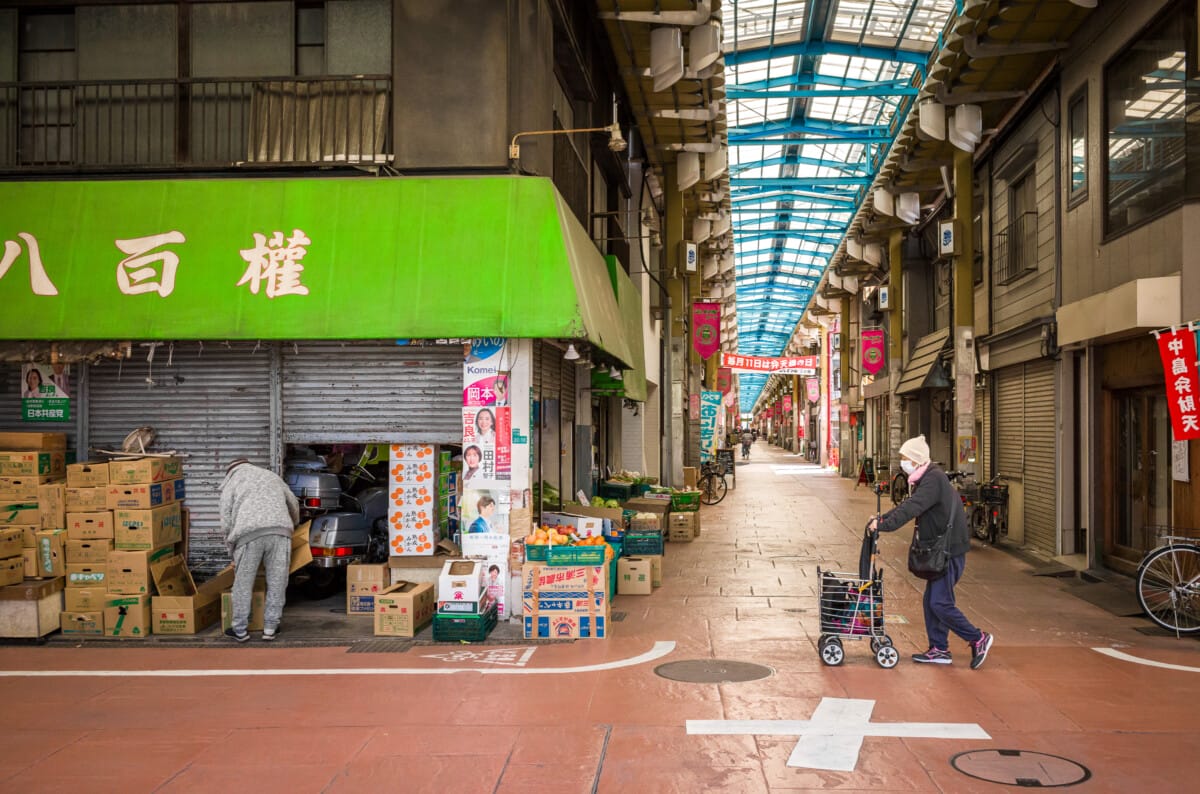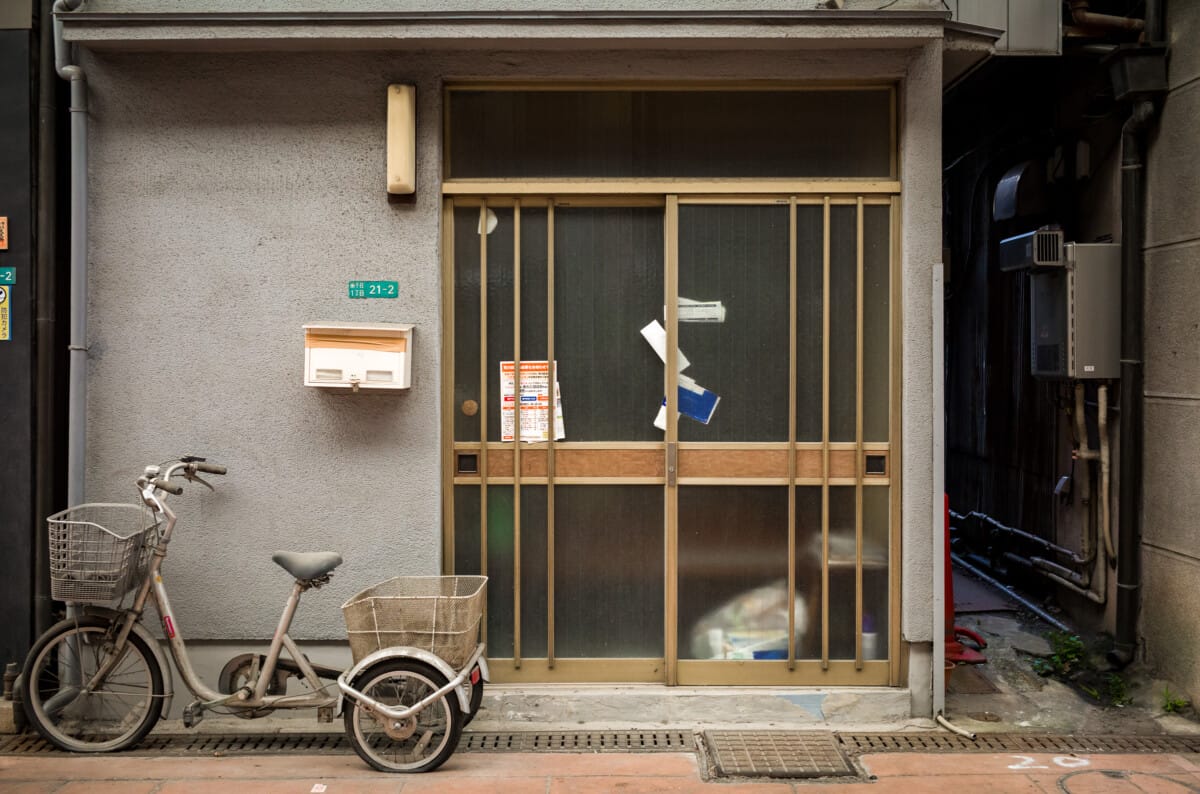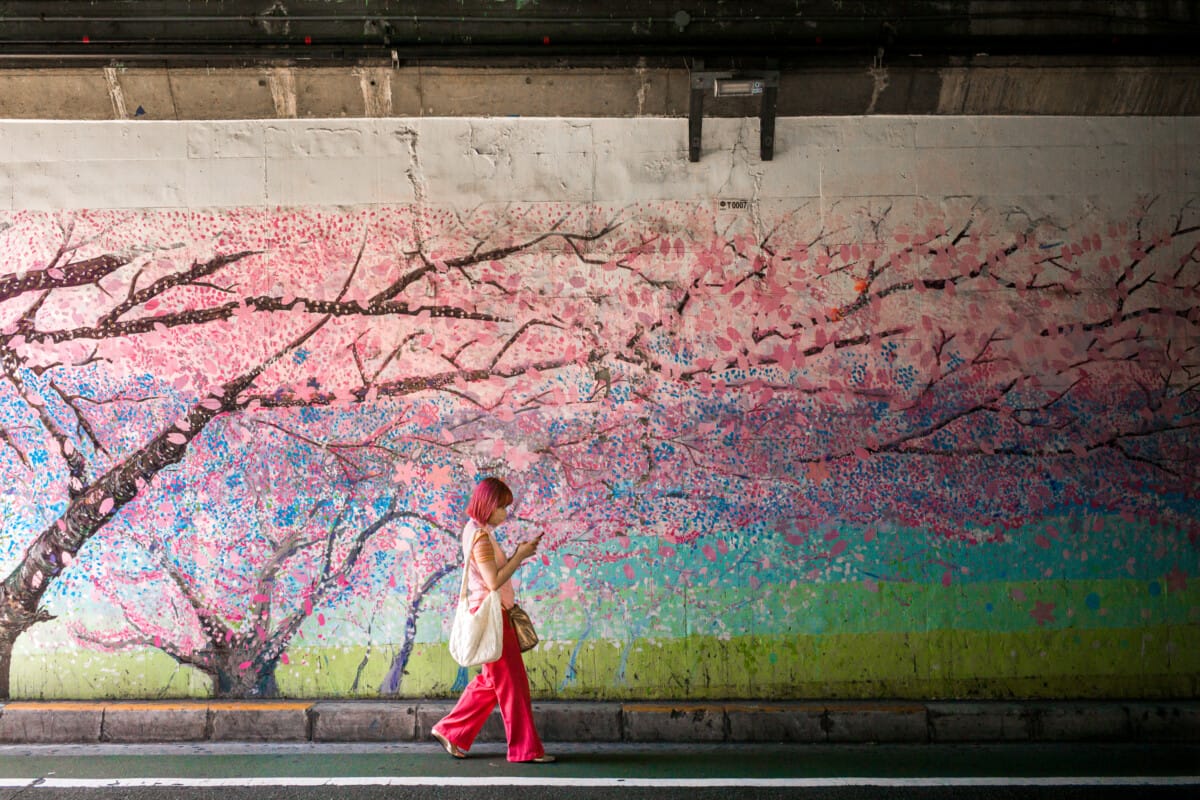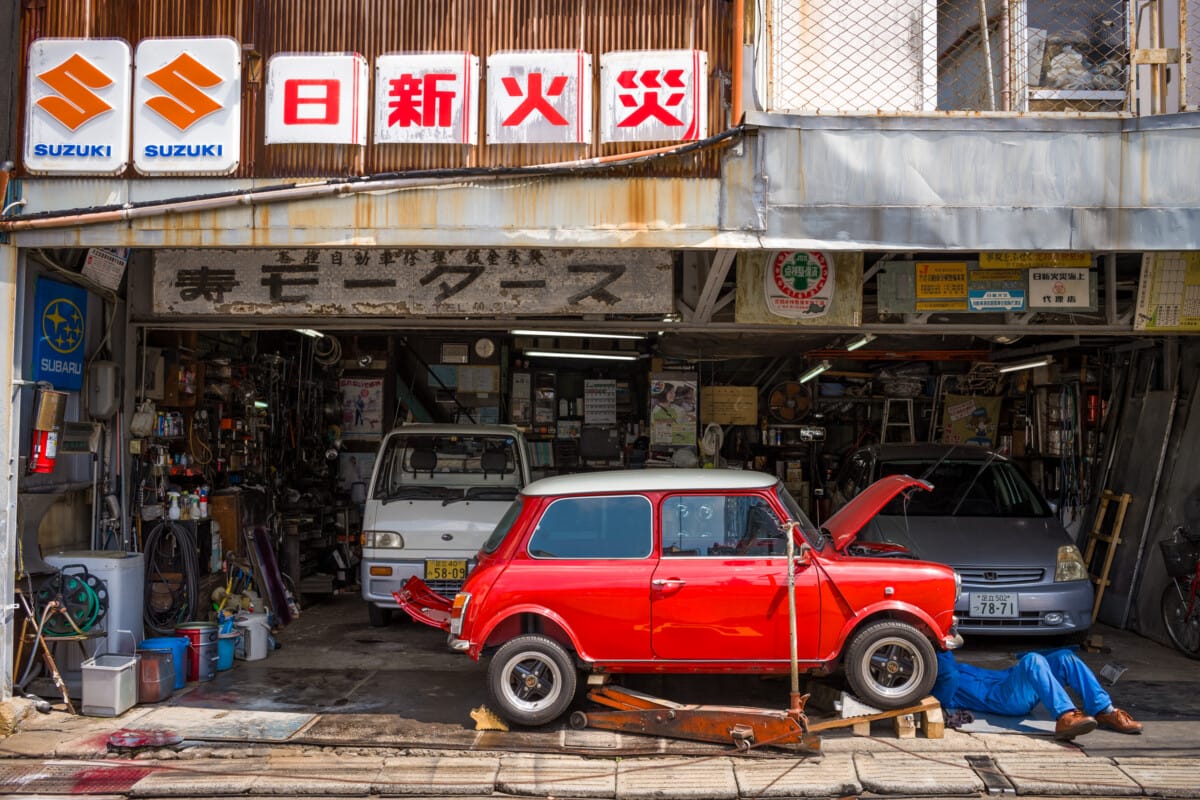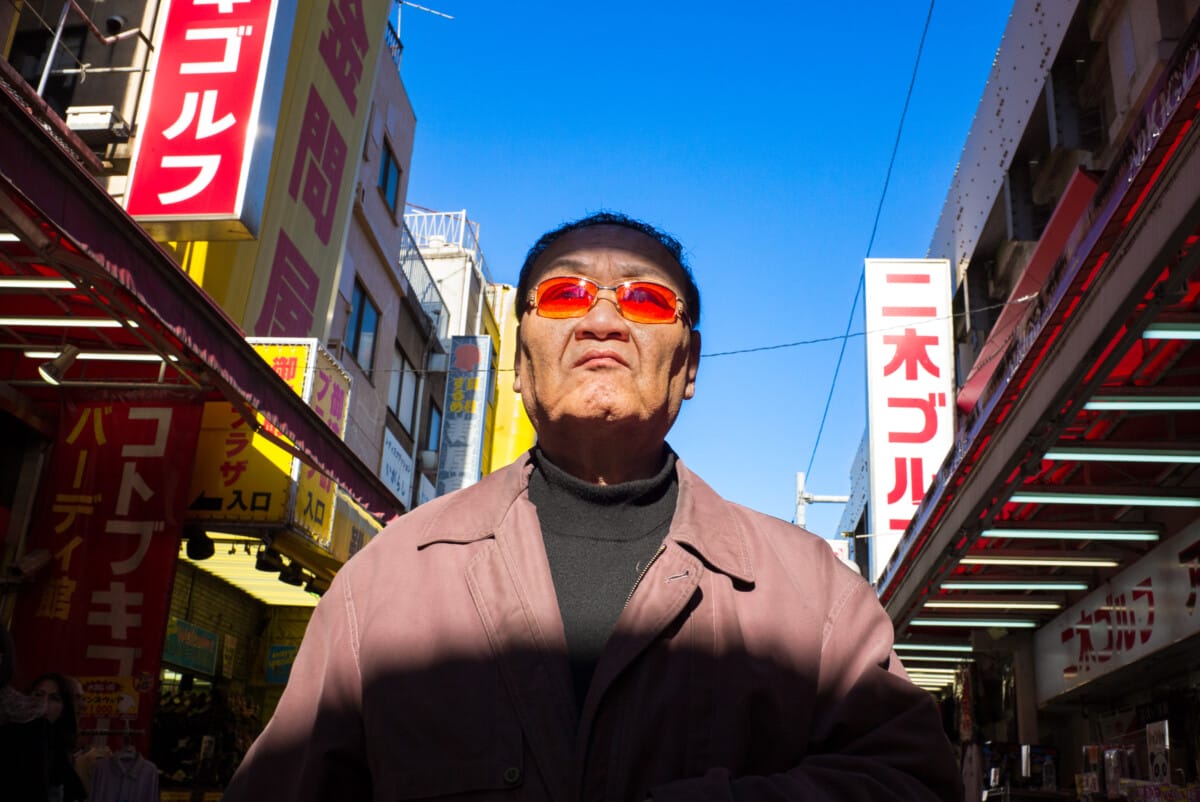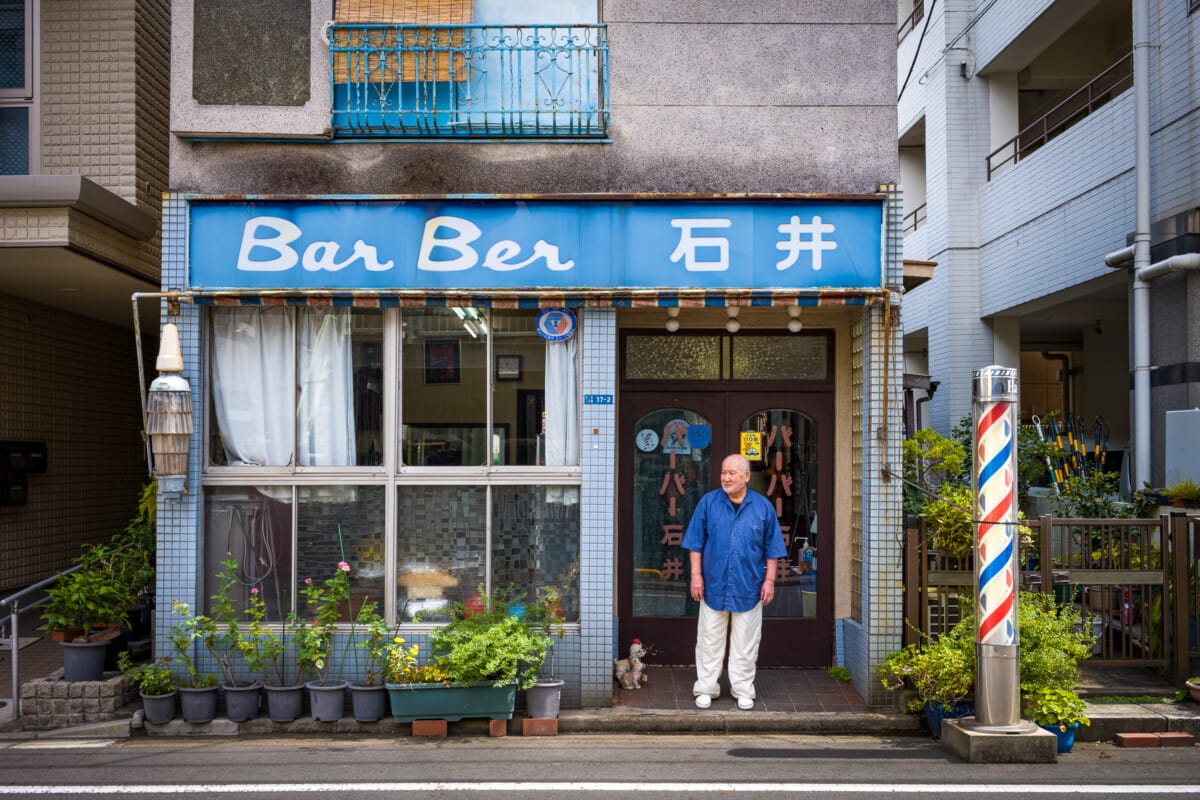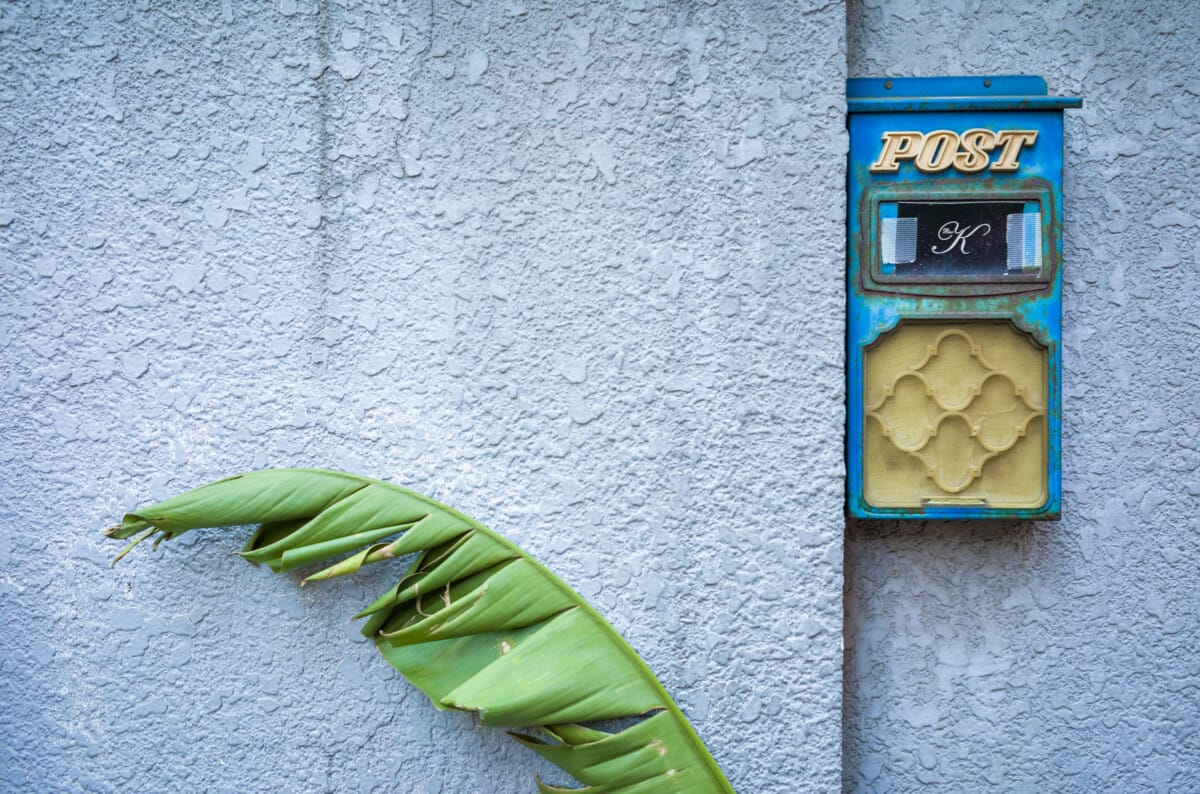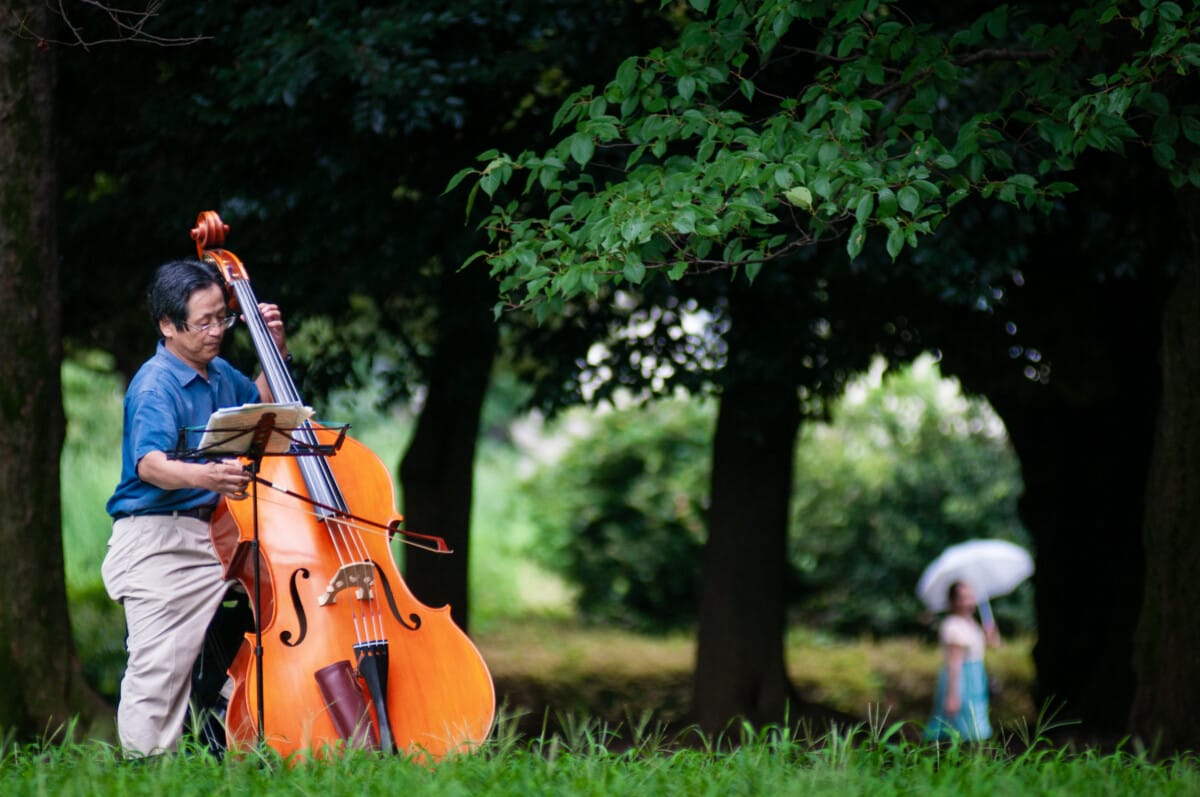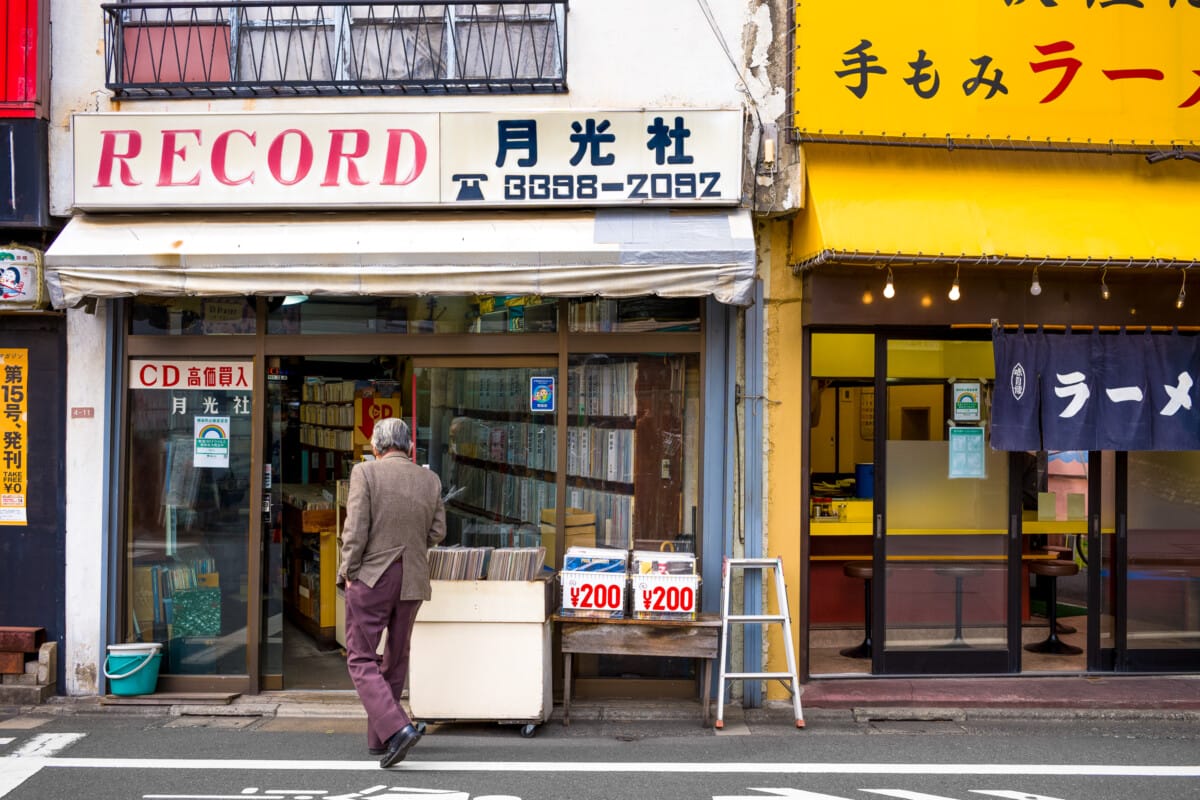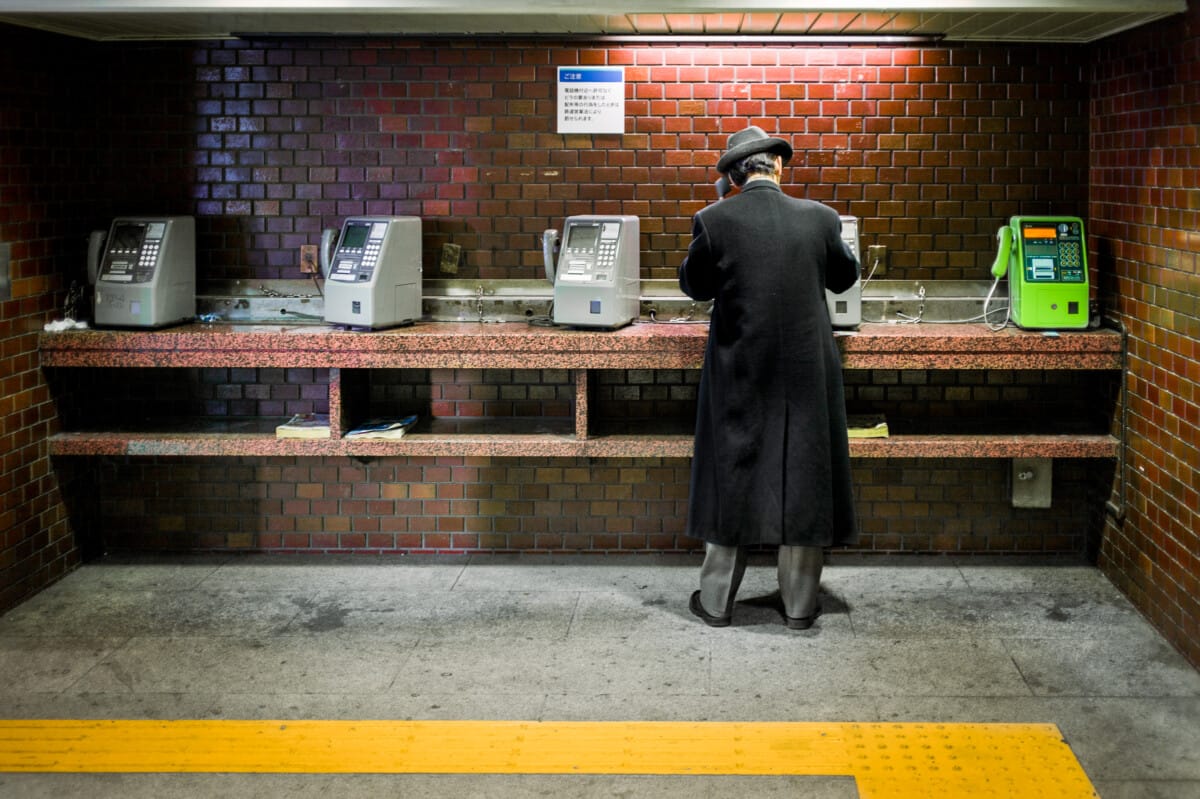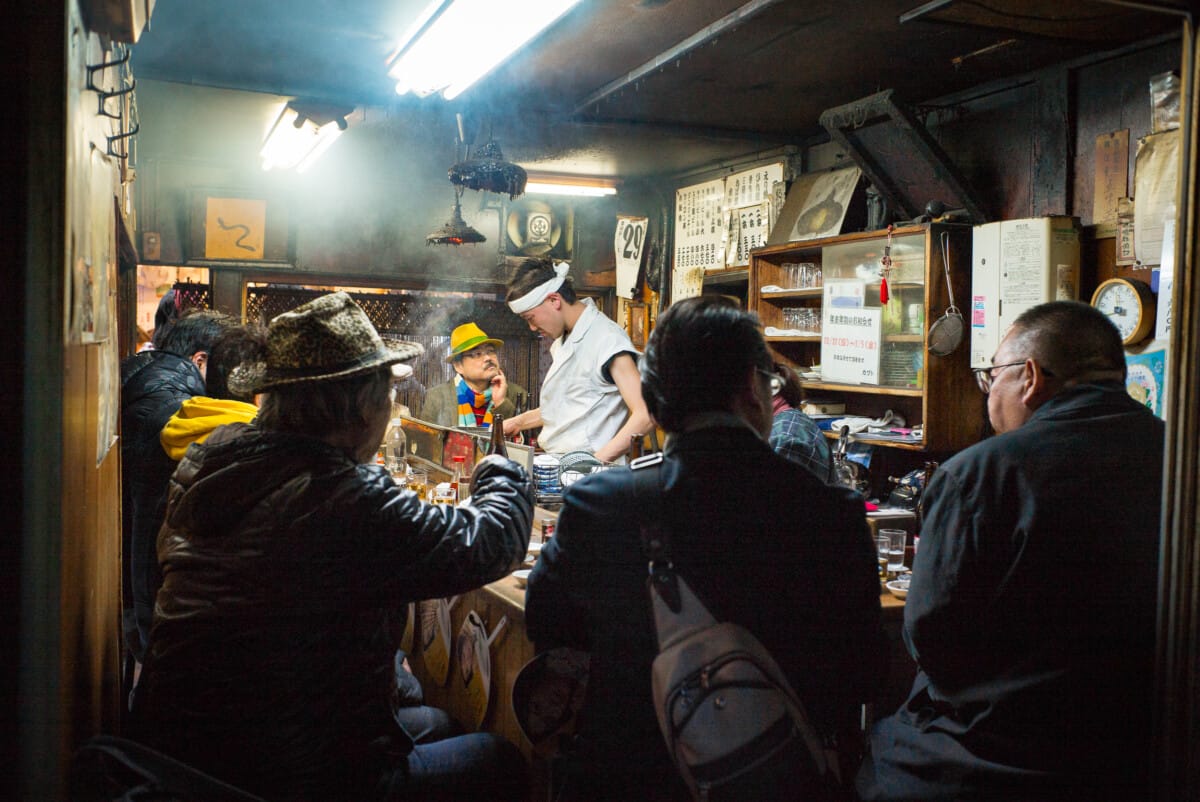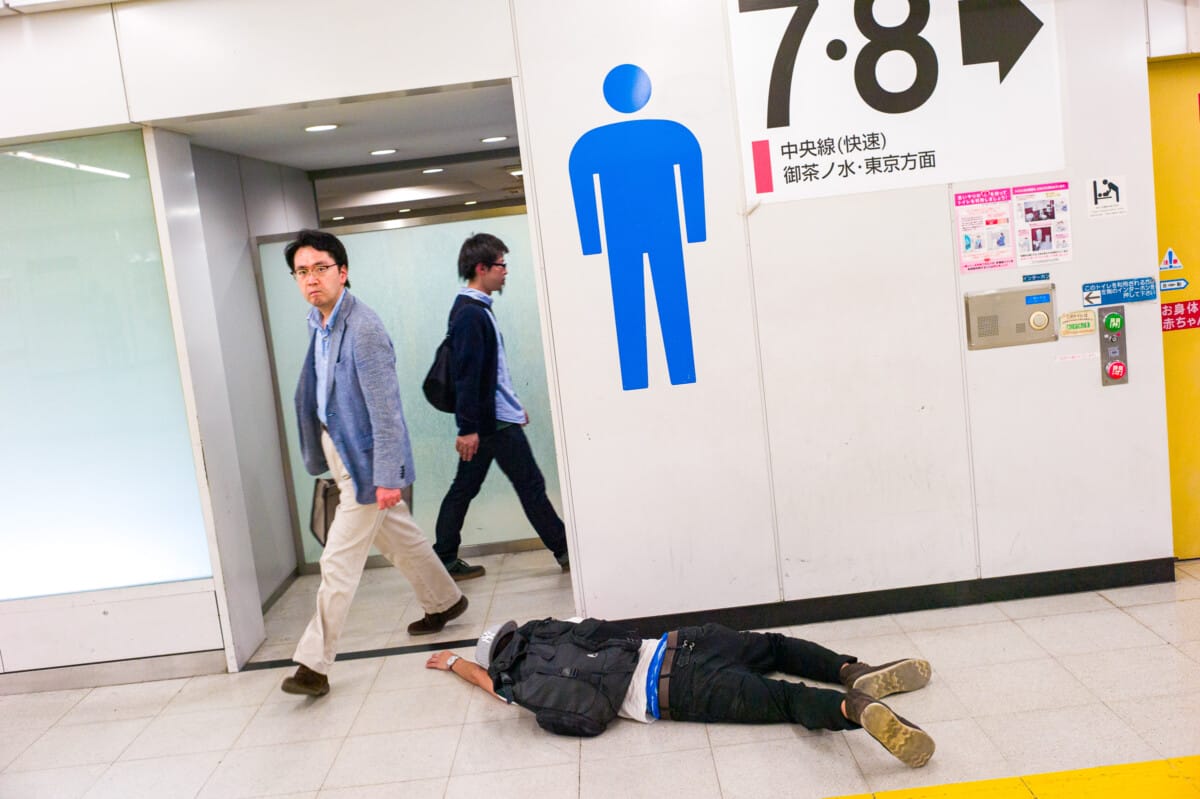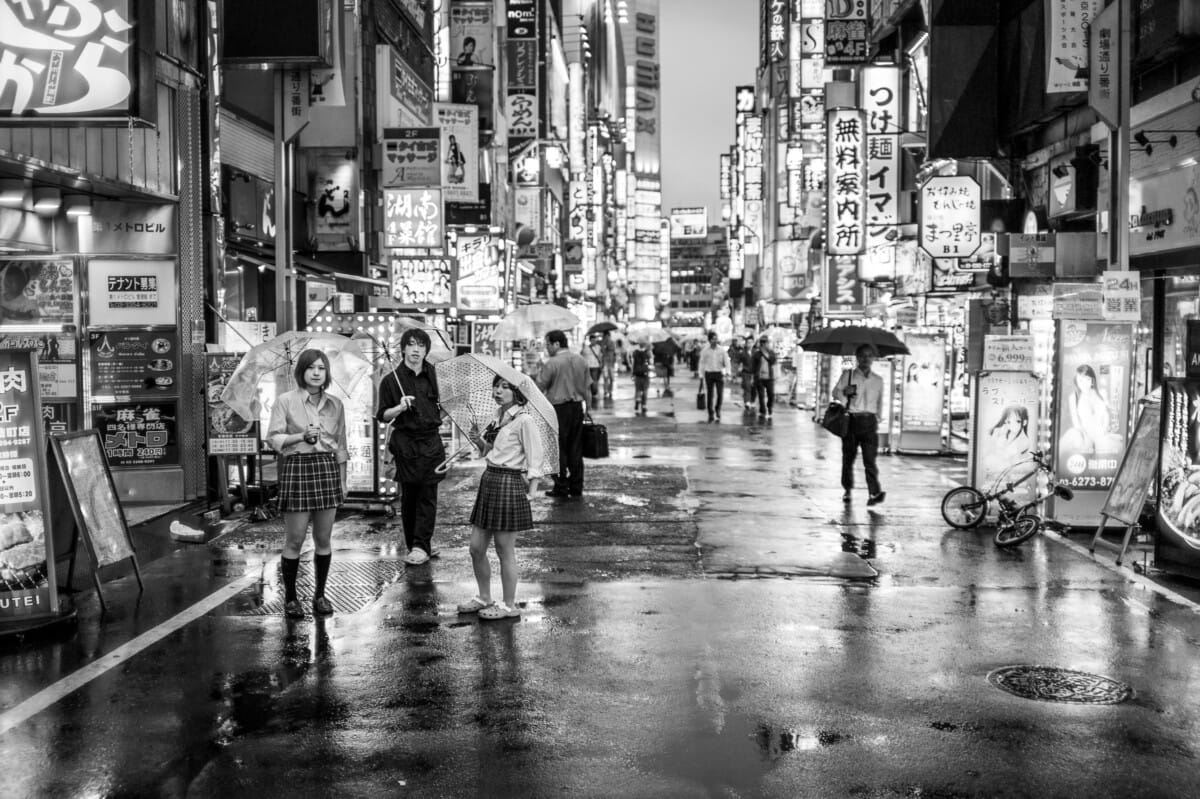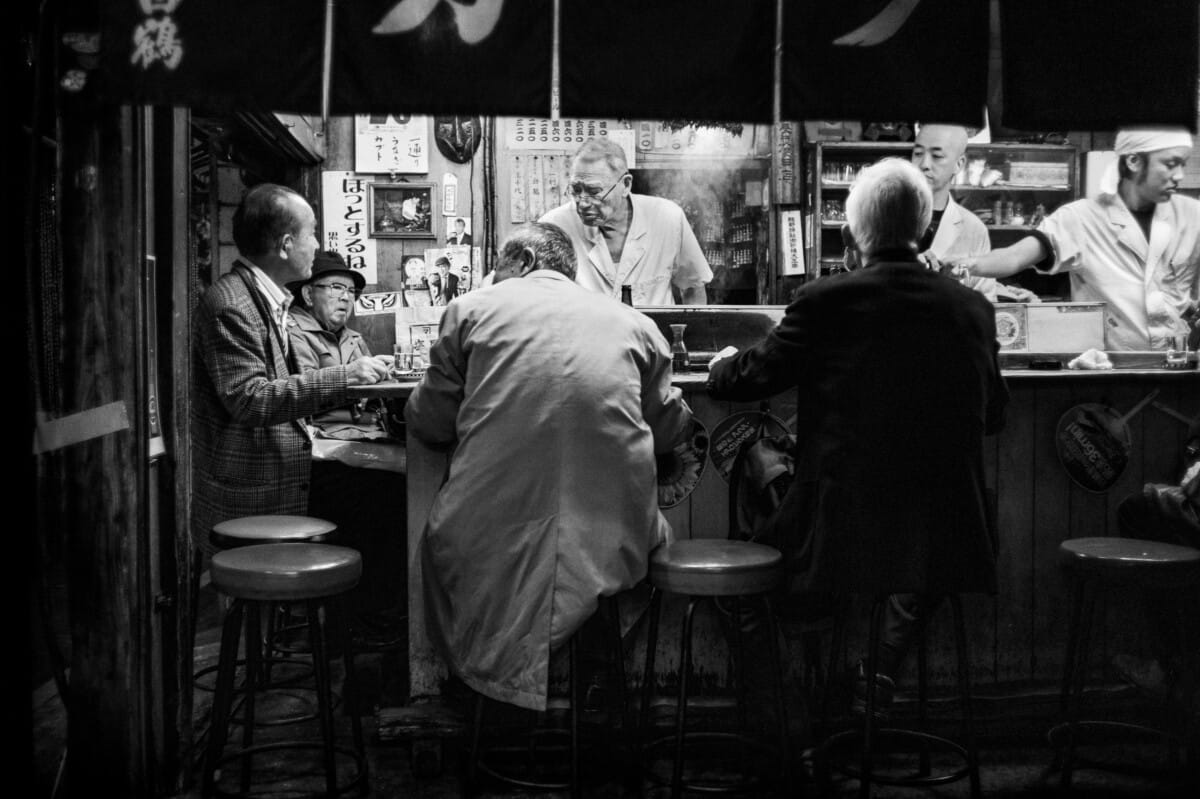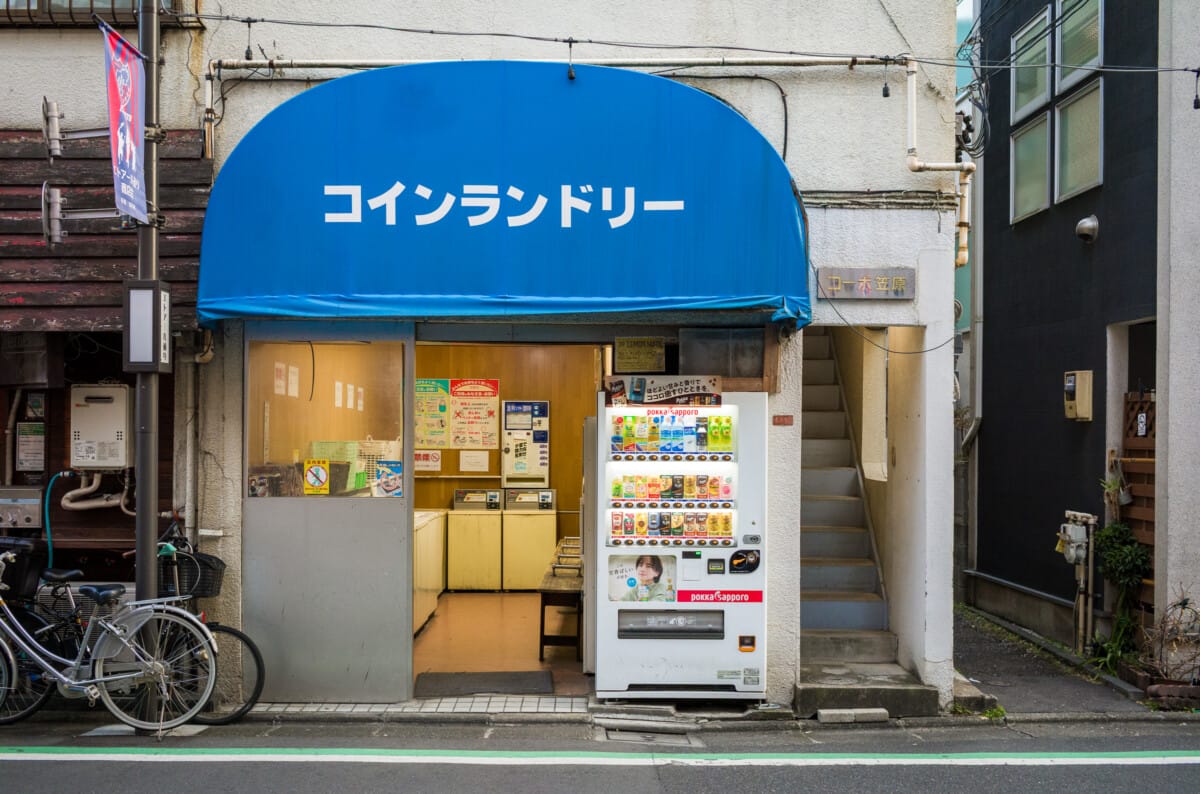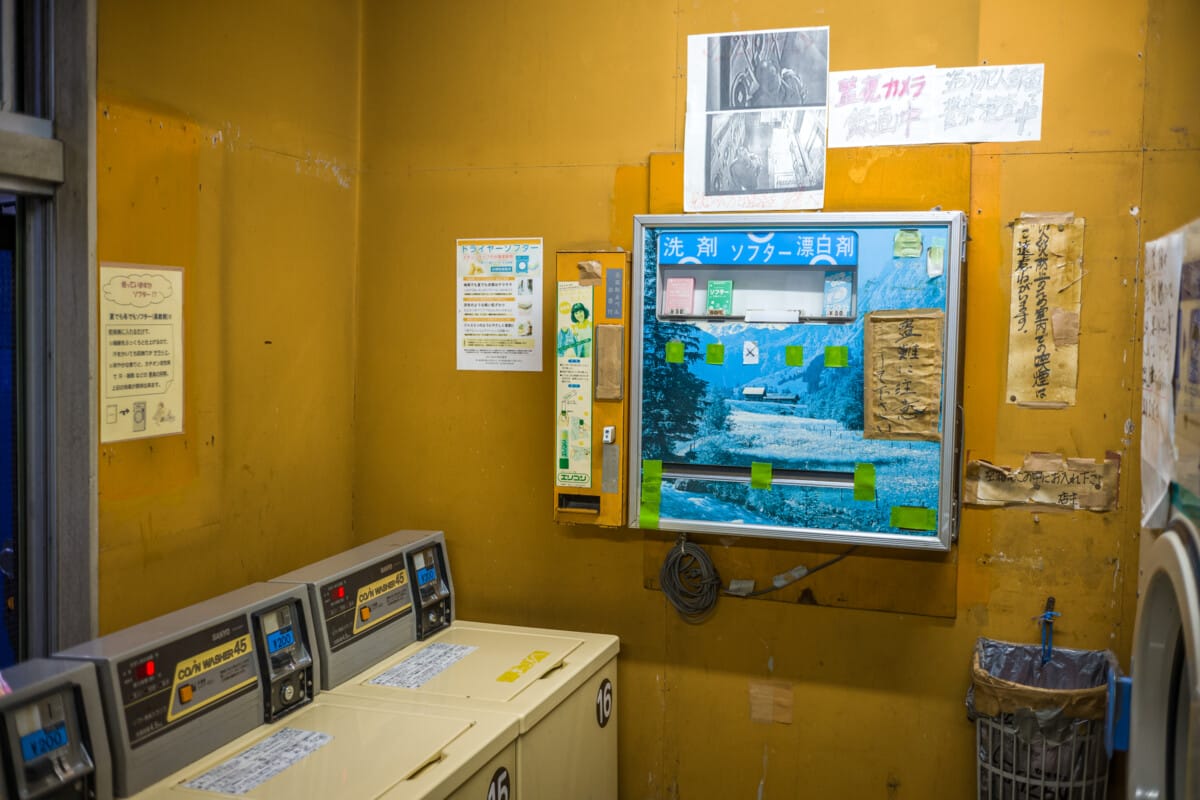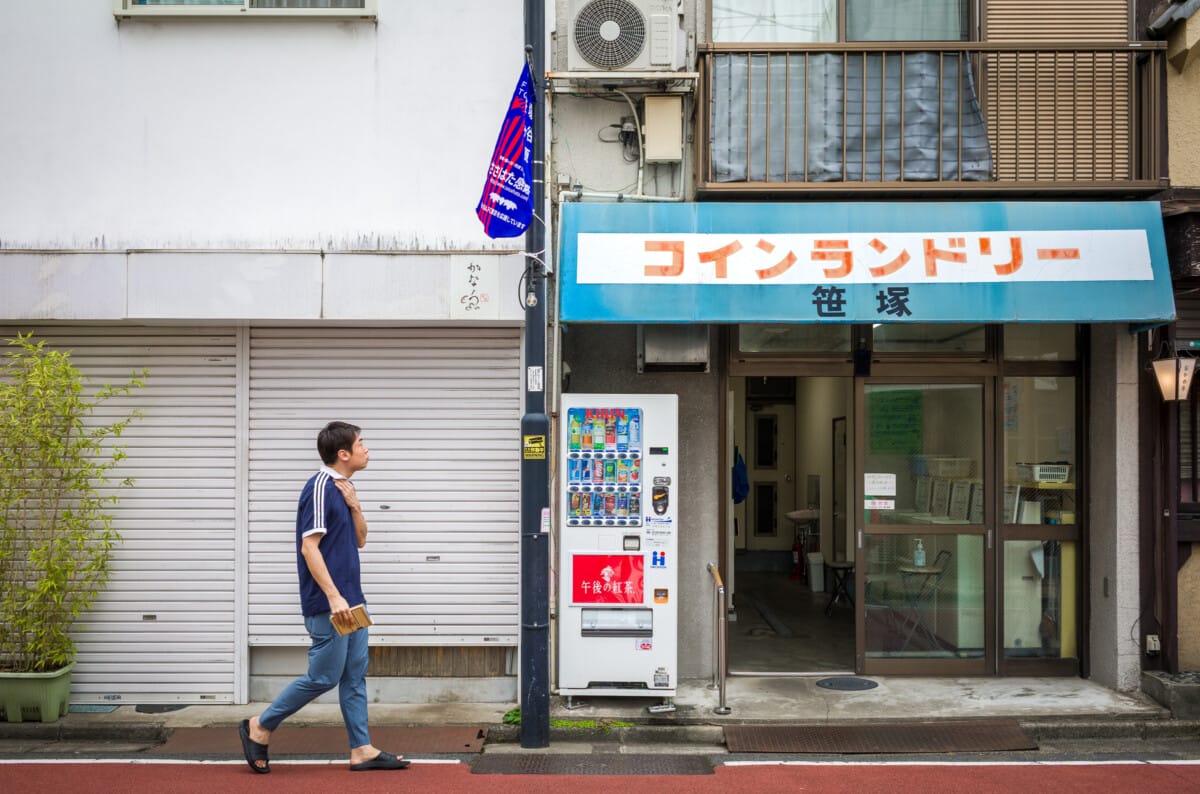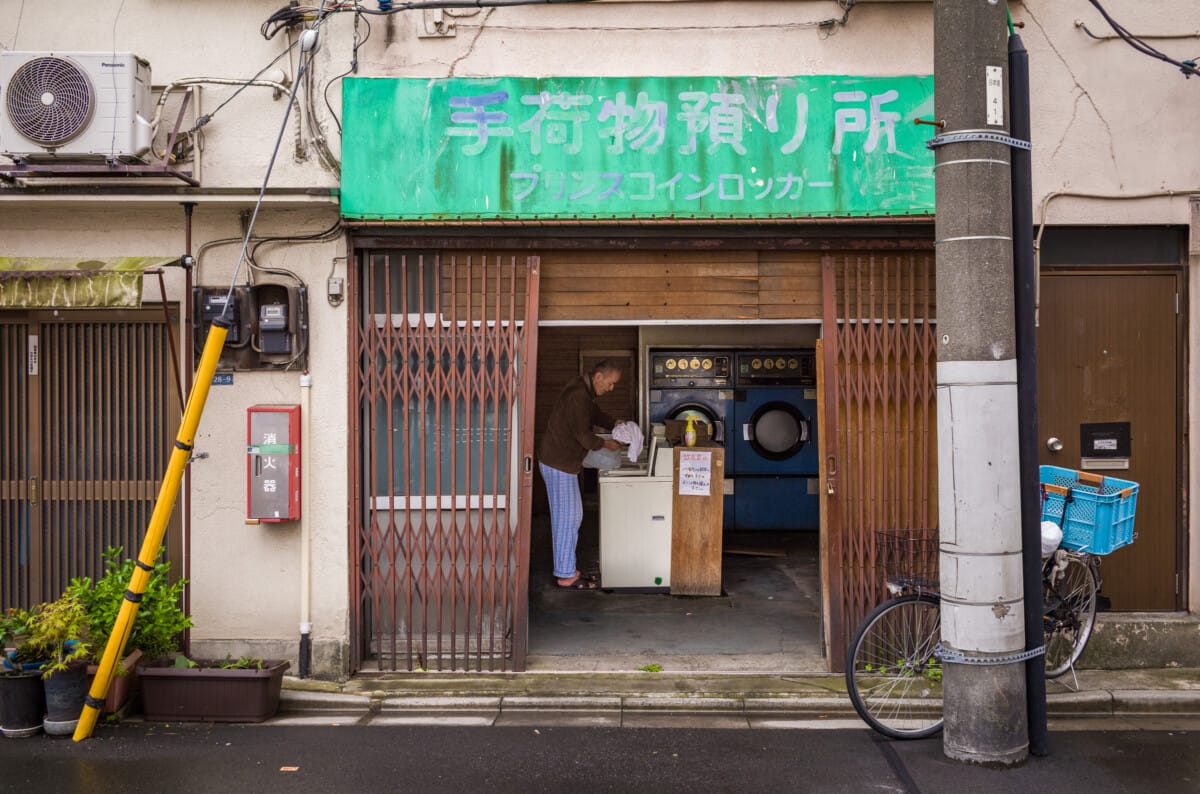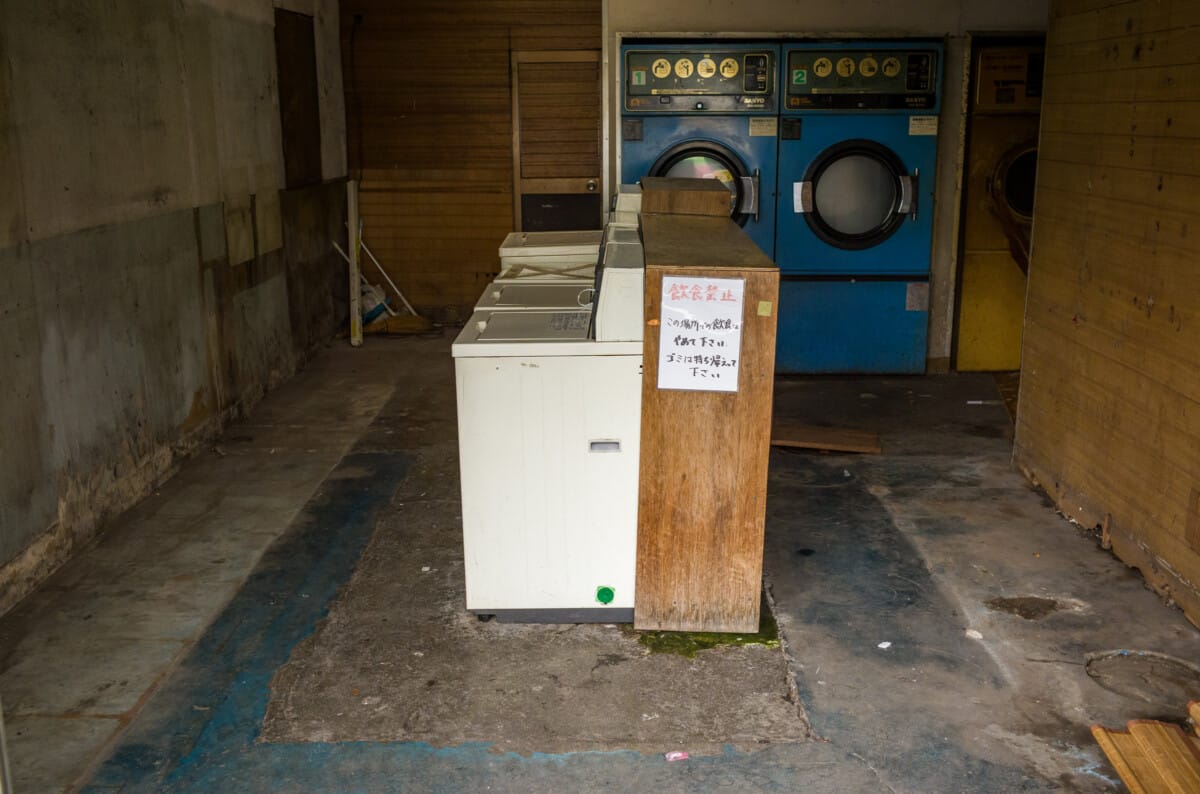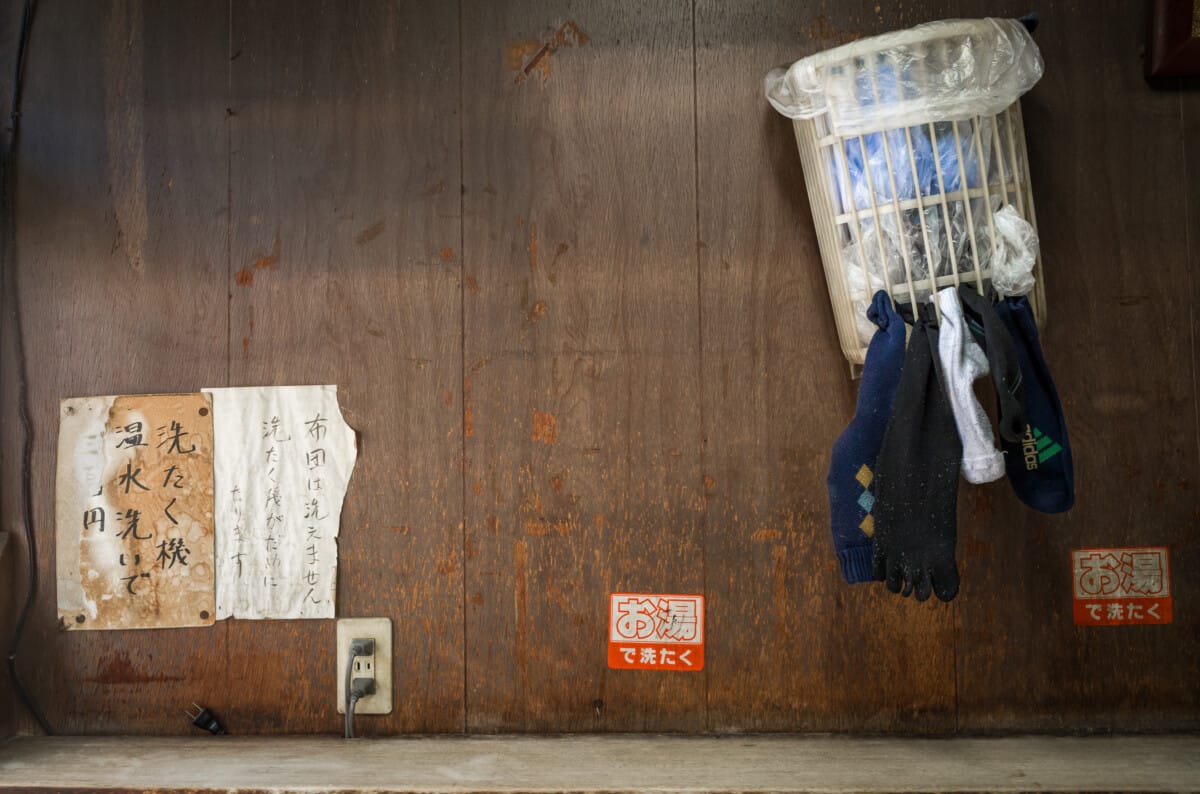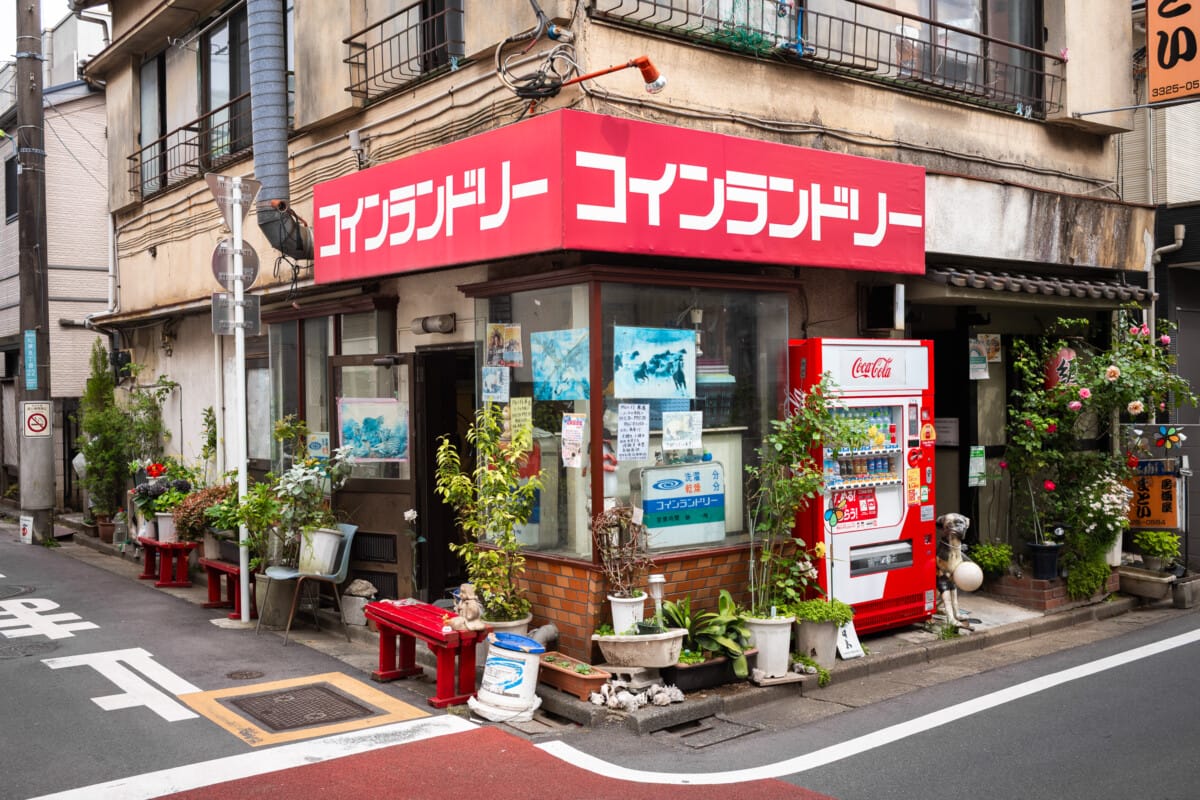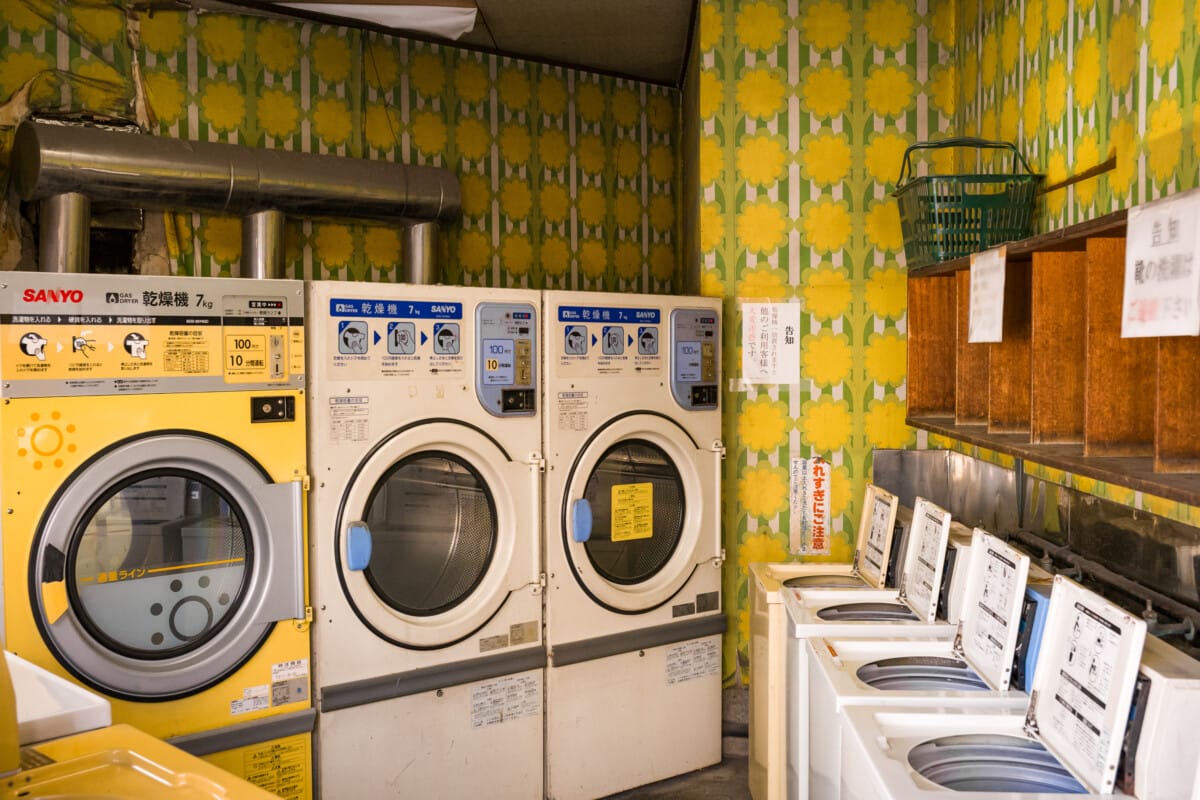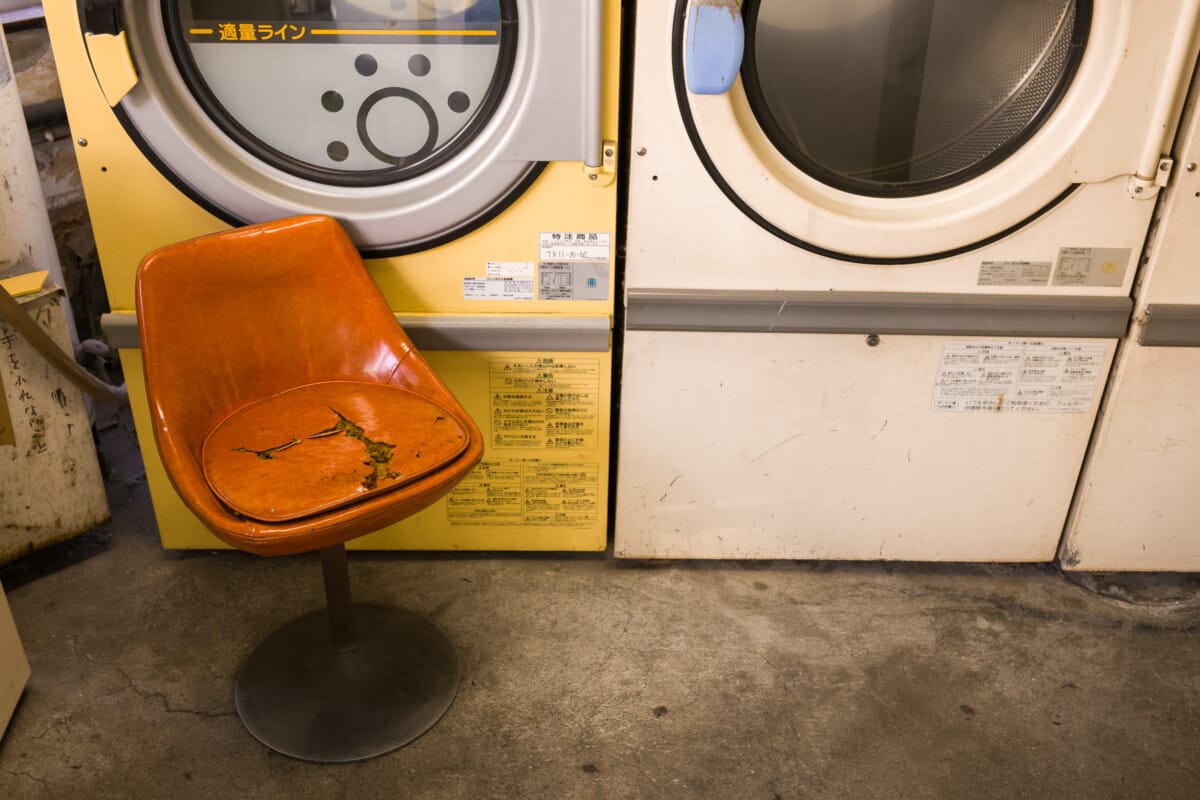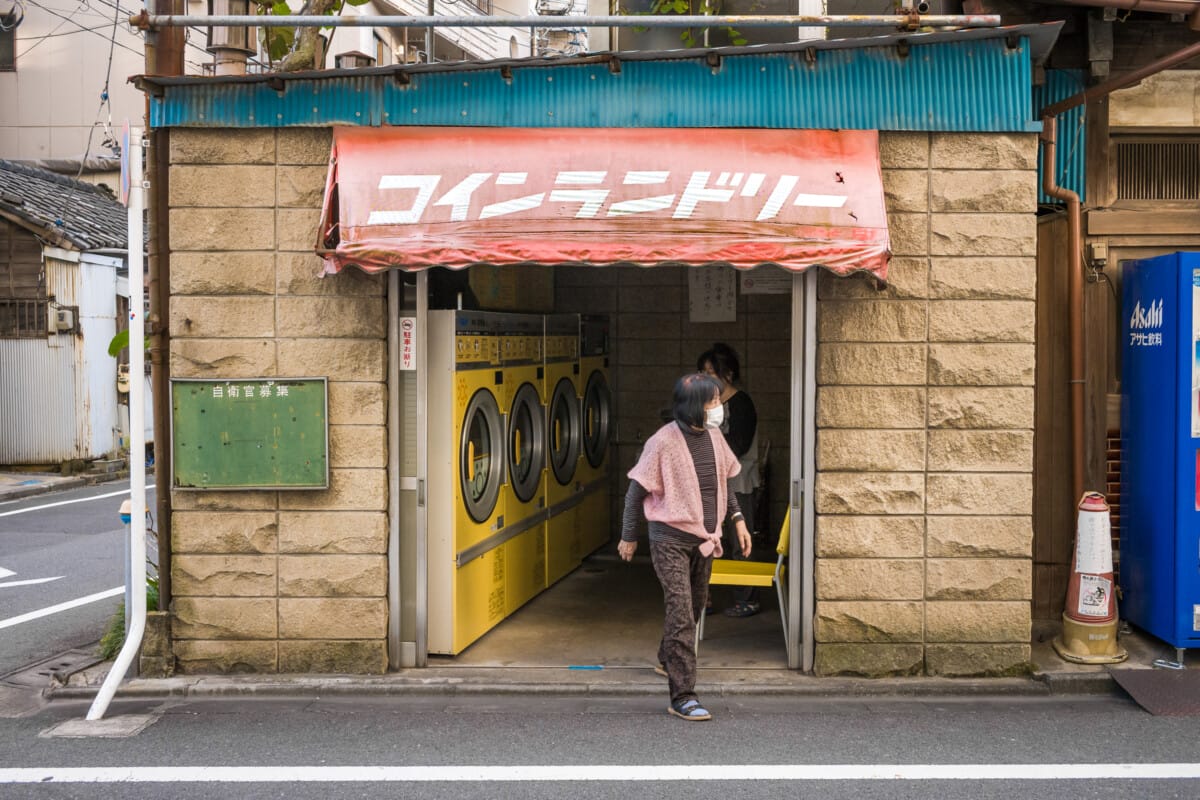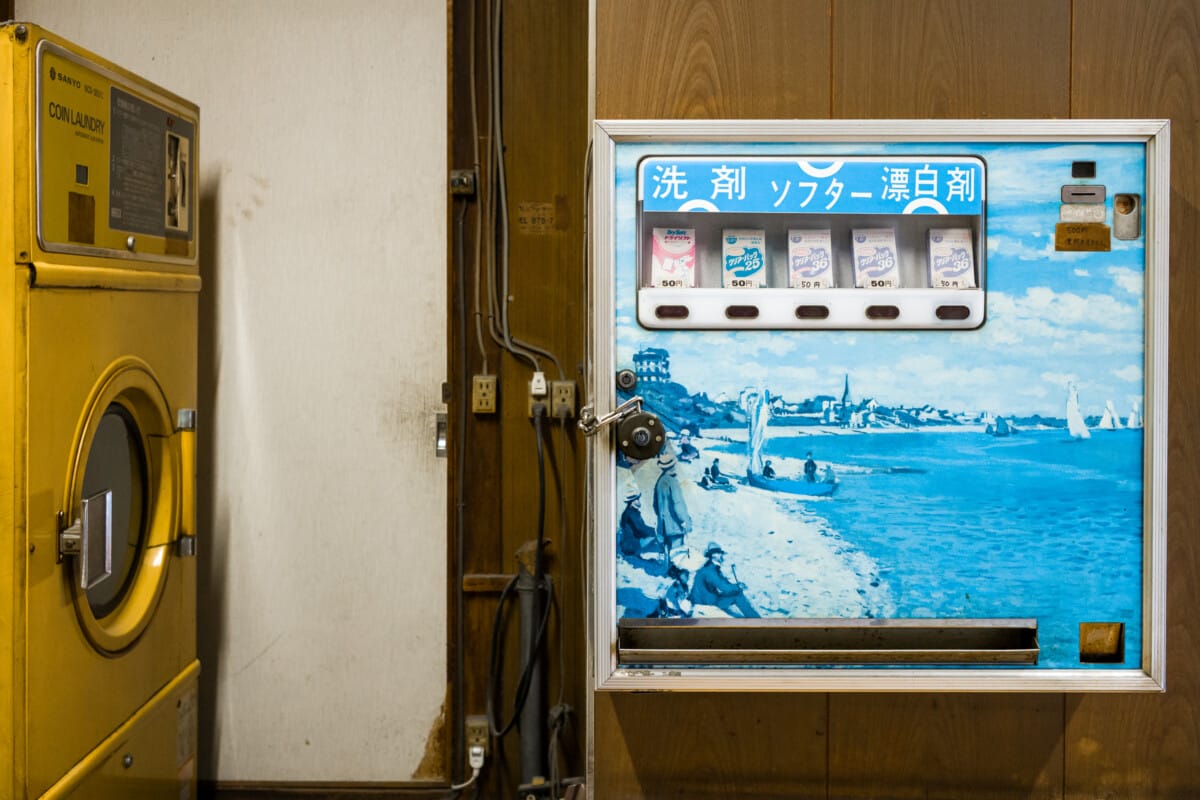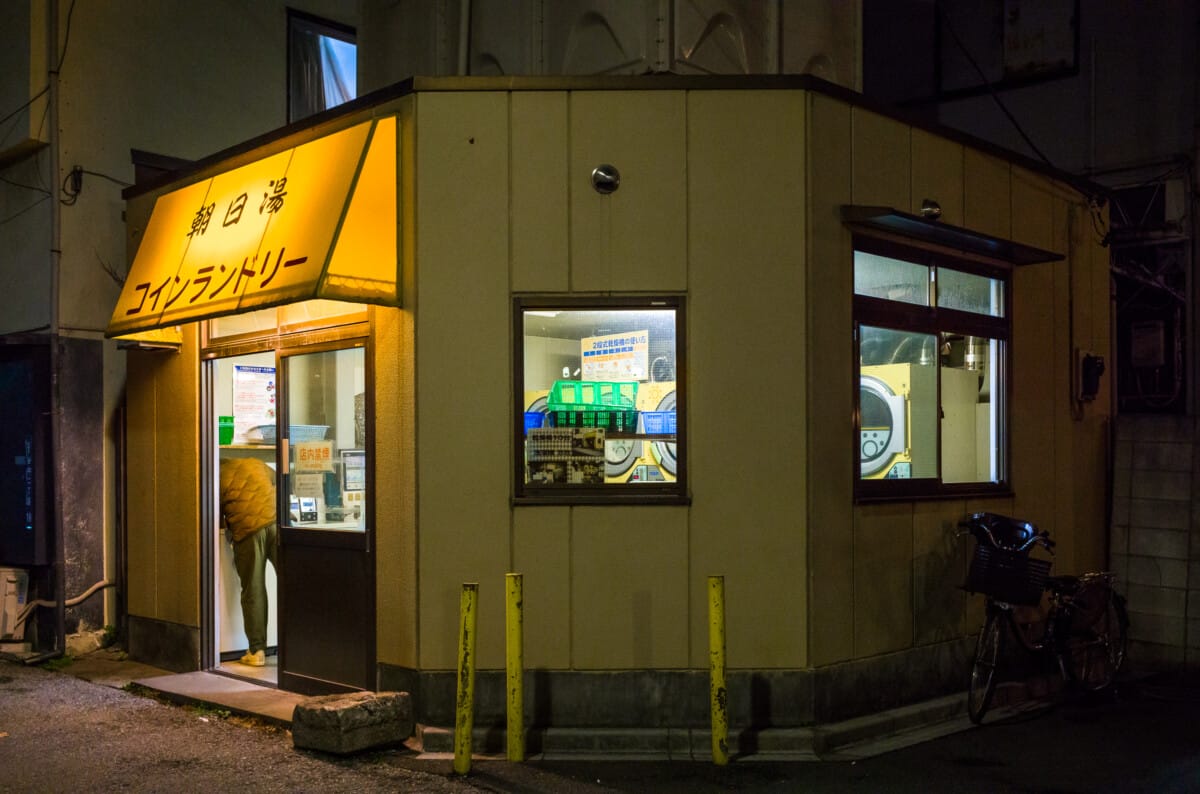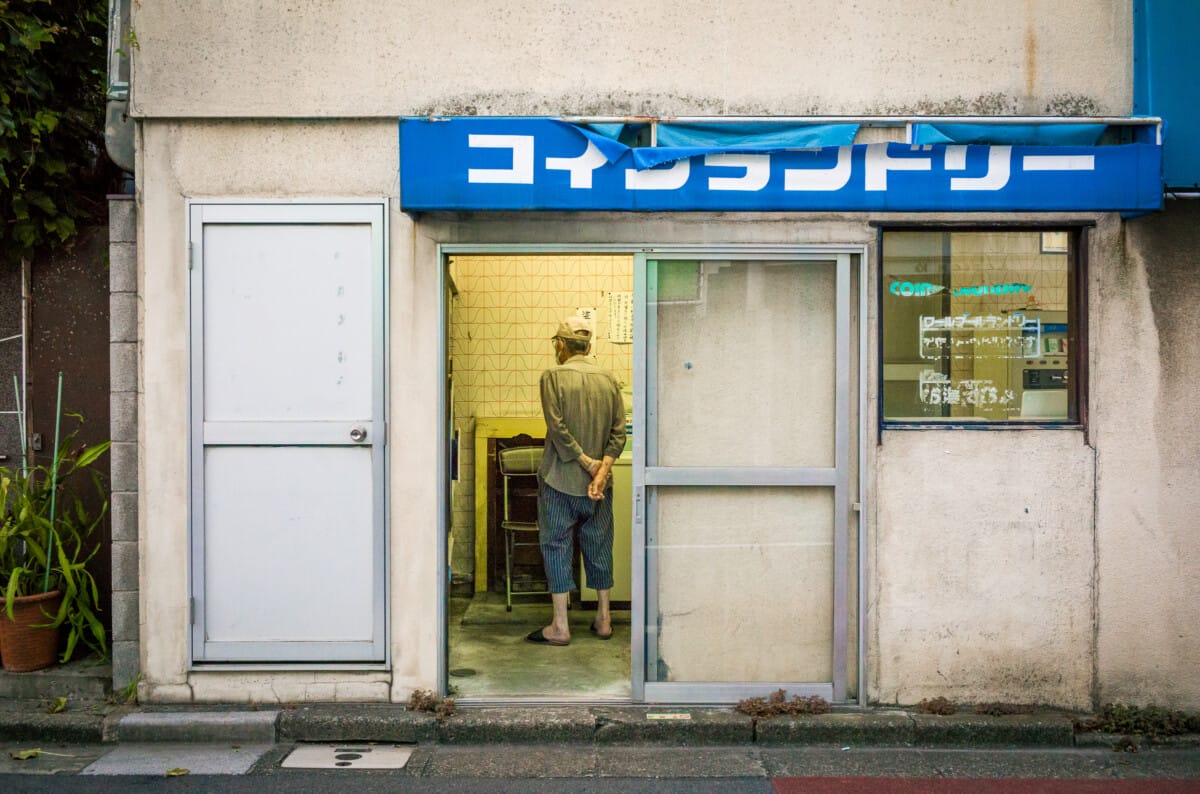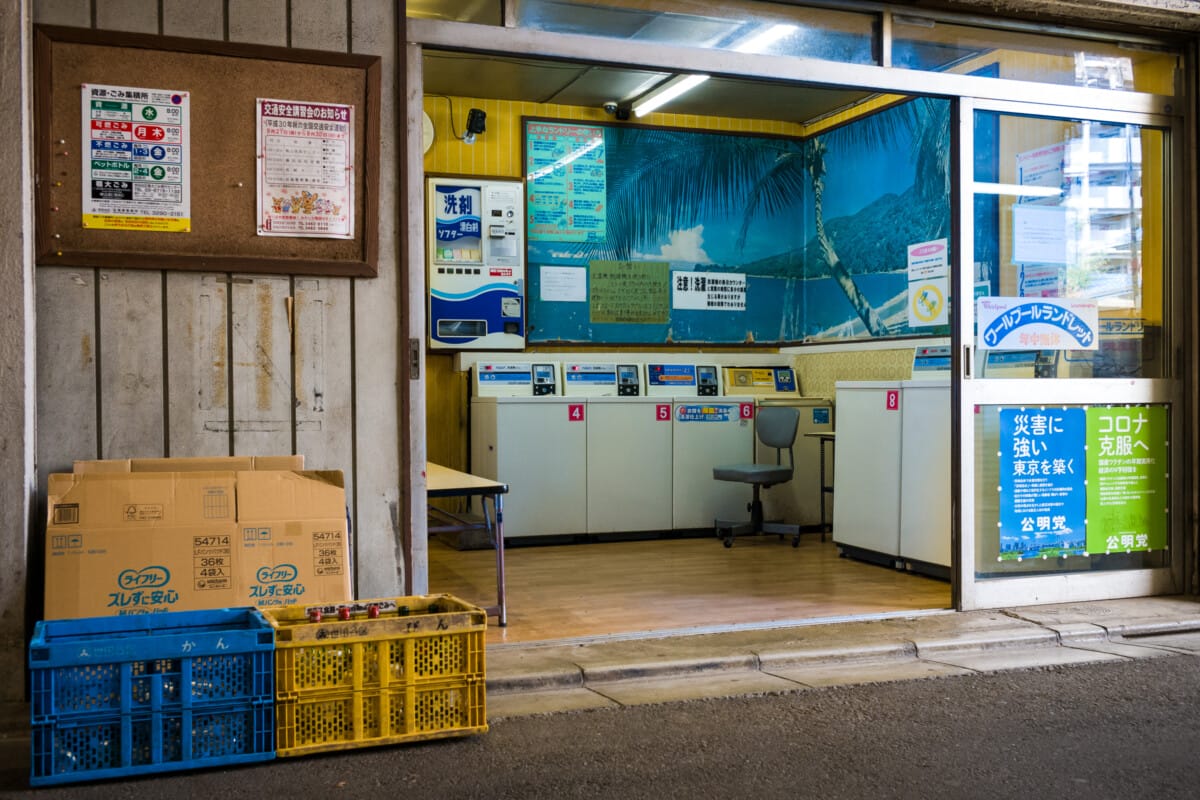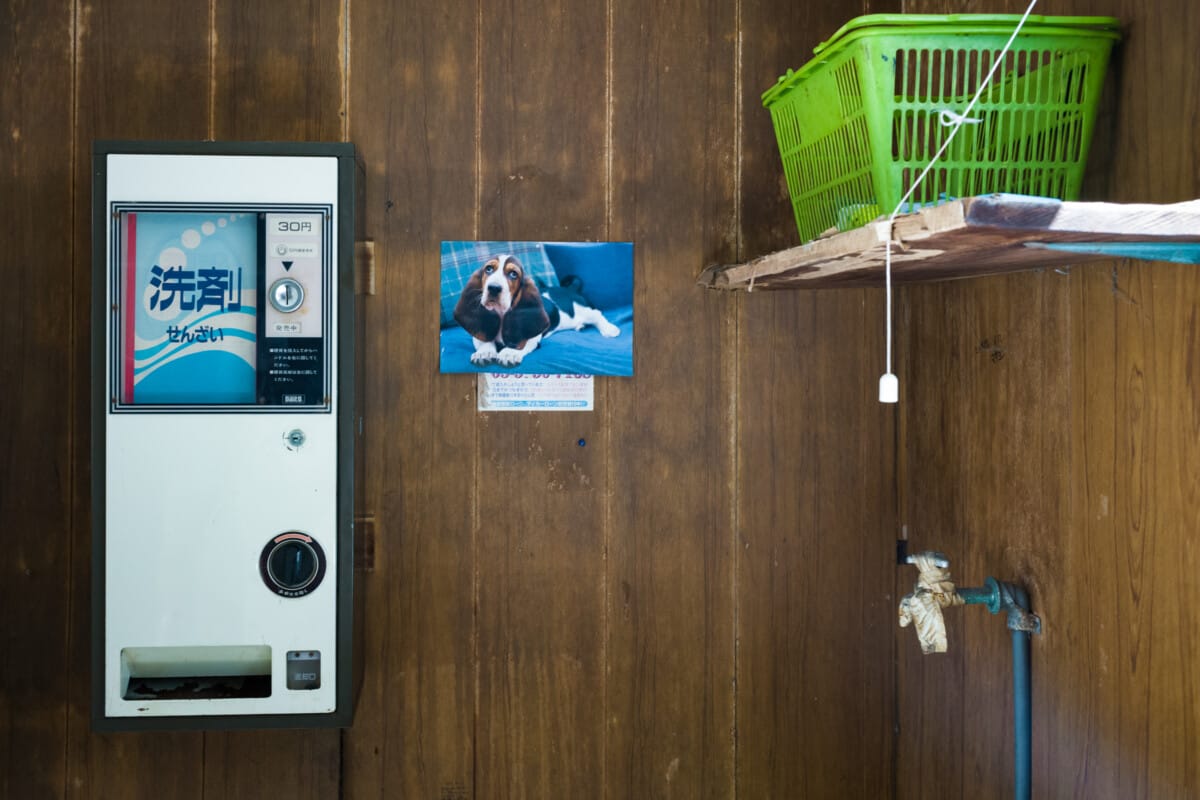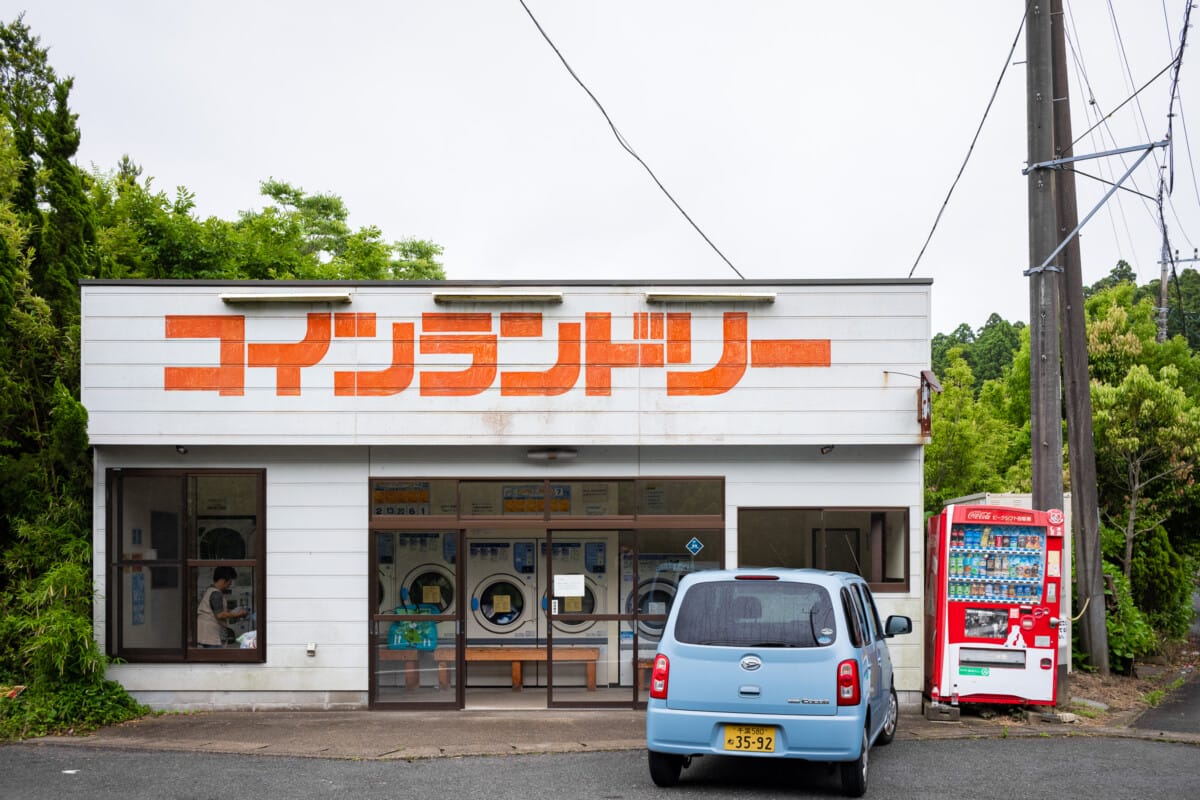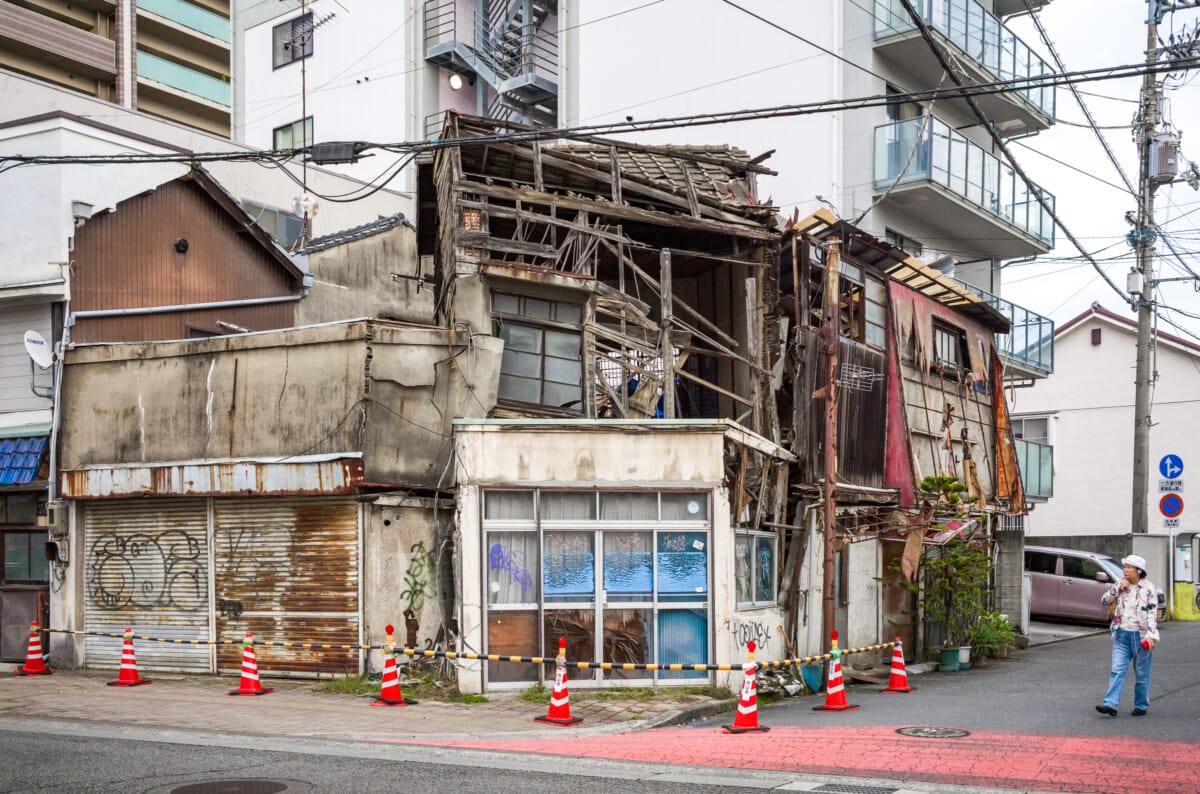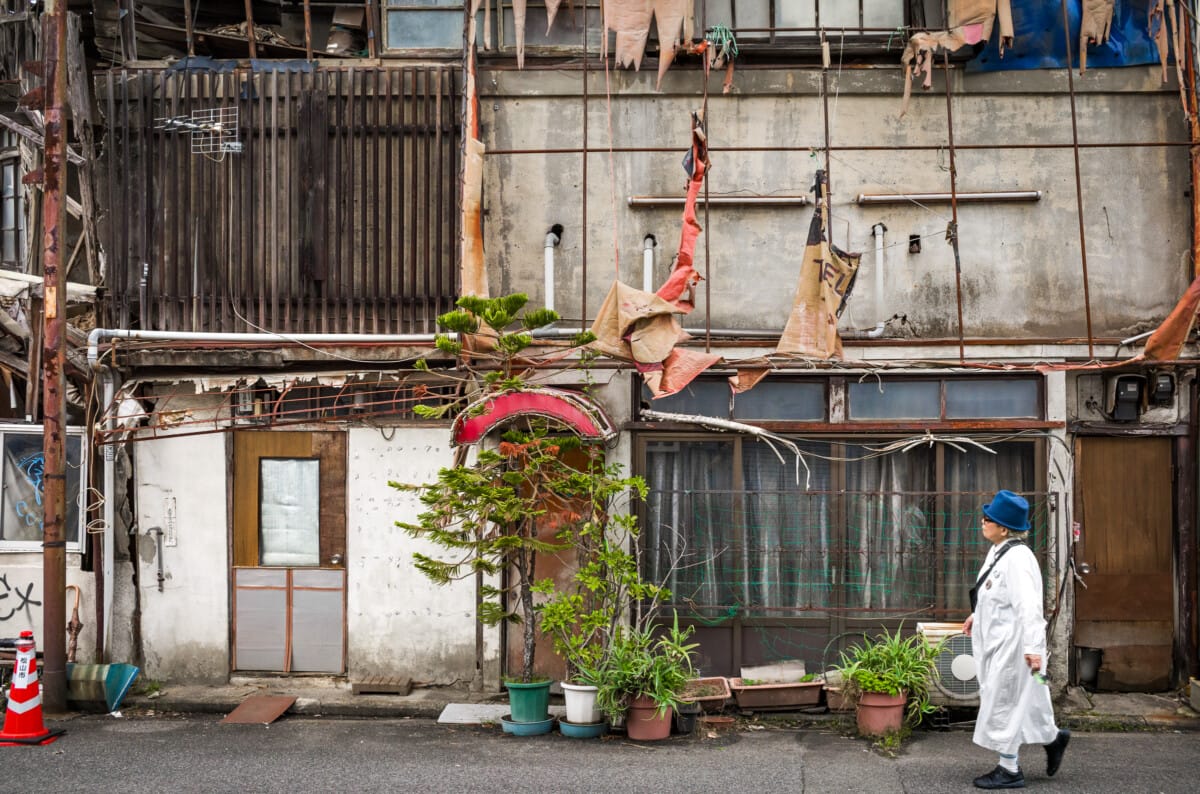A lot of Tokyo’s older businesses are rapidly disappearing — the buildings invariably long past their natural lifespans, and the owners sadly reaching theirs. However, in a city on such a scale, there are fortunately still plenty left to see and enjoy, so these are some I photographed recently. A couple are old favourites, but more than a few are first time finds. All of them though are little pieces of the capital’s past that make the present all the more appealing.
Captures of Tokyo colour coordination
Black and white photography is something I really enjoy looking at. Going out and trying to capture monochrome images, on the other hand, is a process I’ve gradually moved away from, as for a good few years now I’ve pretty much exclusively shot in colour. At some point there was a shift in my thinking, and instead of distracting, I increasingly saw Tokyo’s dazzling array of hues as an integral part of each frame. Key elements of both composition and balance.
Here then are some photos that were a part of that journey, and ones that specifically play with matching colours. Some are obvious, others a little less so, but all were lovely moments of chance and sometimes patience that in many instances also cover my favourite subjects — people and old places.
Daily life scenes from a lesser-seen side of Tokyo
The vast majority of my Tokyo photowalk tours navigate the older parts of the capital, along with others that cover more rundown areas. The photos below, however, were on a meander designed to combine a bit of both. All of which were taken just over a week ago. Little slices of life that detail how much of the capital once was, as well as how different it can be from locations the city is better known for, such as Shibuya and Harajuku.
Prints of Tokyo past and present
Printing is something I’ve both thoroughly enjoyed and fully embraced over the last few years. It’s the final piece of the photographic process, and one that in a time of screens everywhere and constant scrolling feels more important than ever.
With that in mind then, I’ve updated my print shop with the 12 photos below. A selection that I hope is appealing as well as providing a good amount of variety. Images that will work in different spaces, along with one that’s even ideal for the water closet.
Should you be interested, the link to my shop is here. All prints are A4 (8 x 12 inches) and will be shipped anywhere in the world by registered Japan Post air mail. I should also add that if any of my other photos appeal, just get in touch and we can sort a print out.
The lovely signs and details of dated old Tokyo laundrettes
There’s definitely something special about old Tokyo laundrettes. Their soapy smell is certainly a factor, but more than that it’s their wonderfully dated signs and retro details. Elements that hark back to a different time. An era that nowadays at least seems simpler and slower, making it easy to imagine the conversations that were had in such spaces. Also the books read rather than screens scrolled.
All of which is more than likely a rather romanticised ideal, but either way, these old and surprisingly resilient businesses are almost always interesting, so this is a selection from over the years, with all of them taken in Tokyo except the last one. A lovely little place that I simply couldn’t leave out.
An utterly dilapidated old Japanese building
There are lots of dilapidated structures on these pages, from dated markets to once busy drinking streets, but due to its location and truly tumbledown nature, this old corner building is without a doubt really quite extraordinary.
